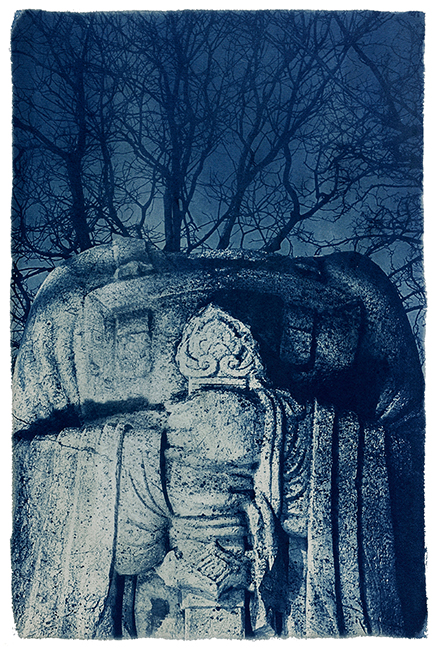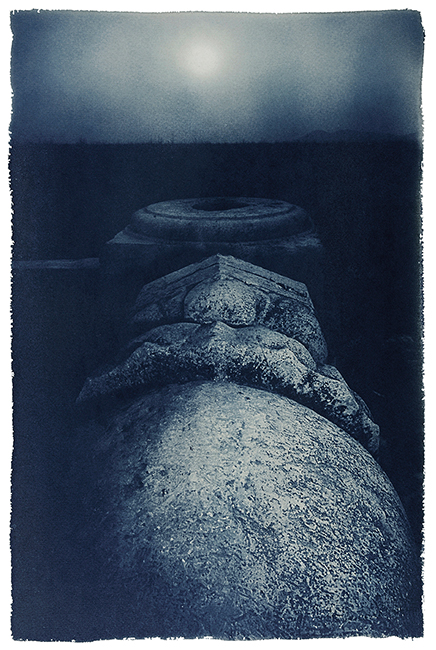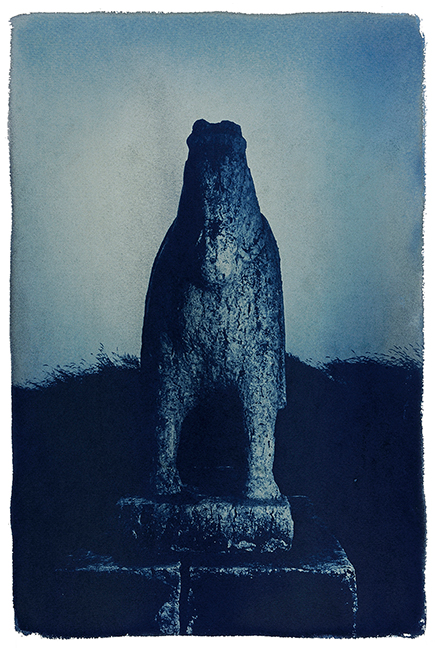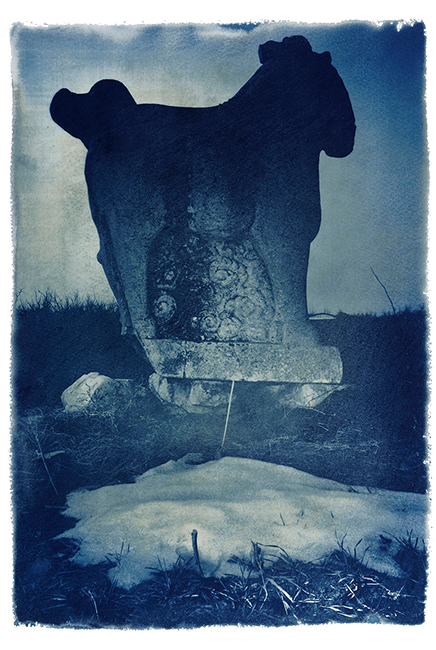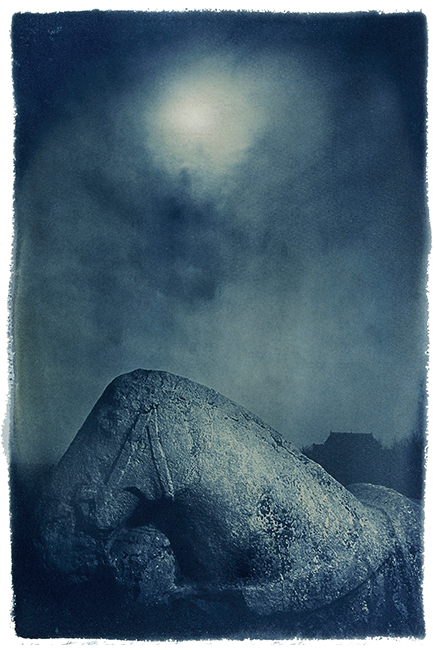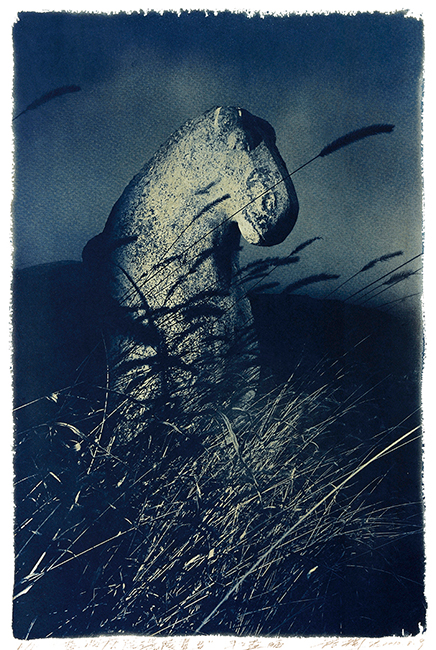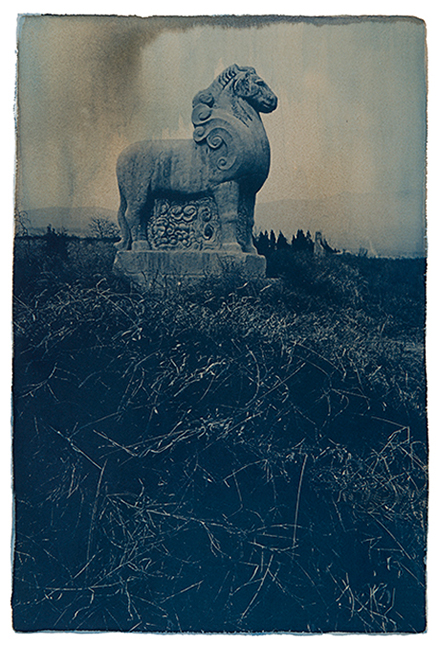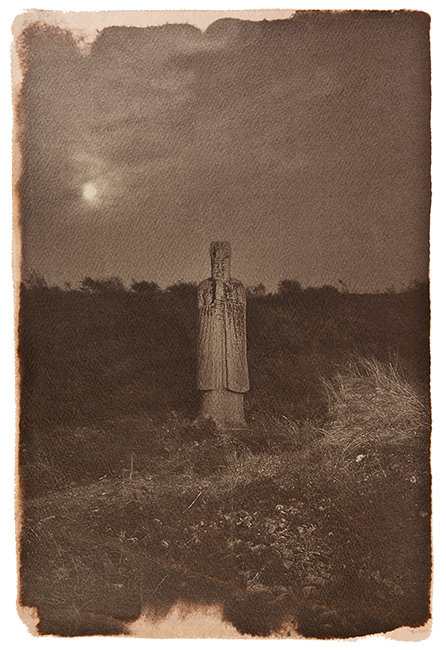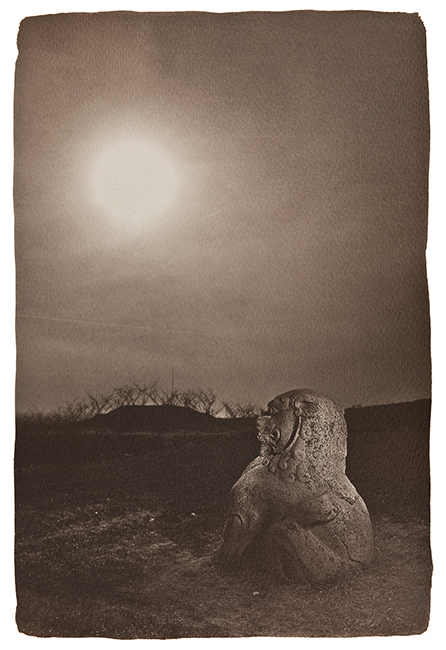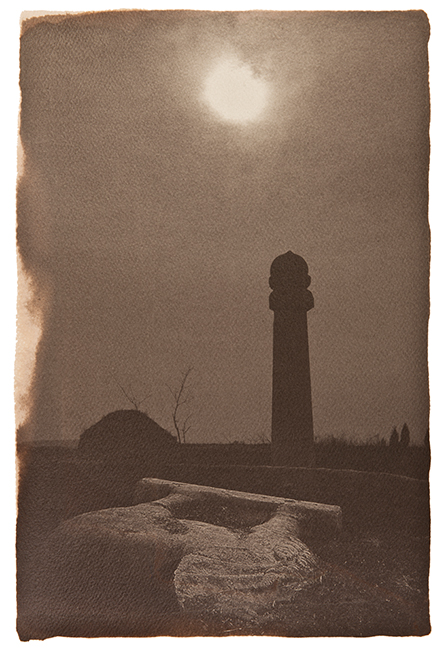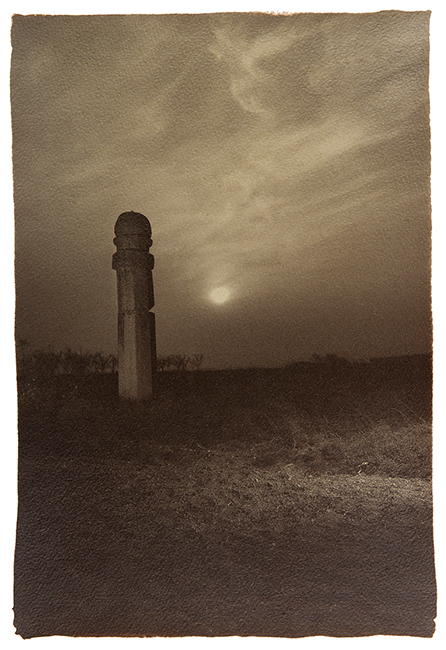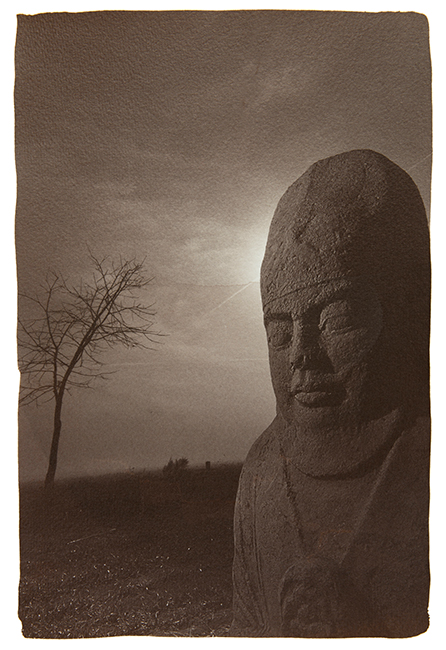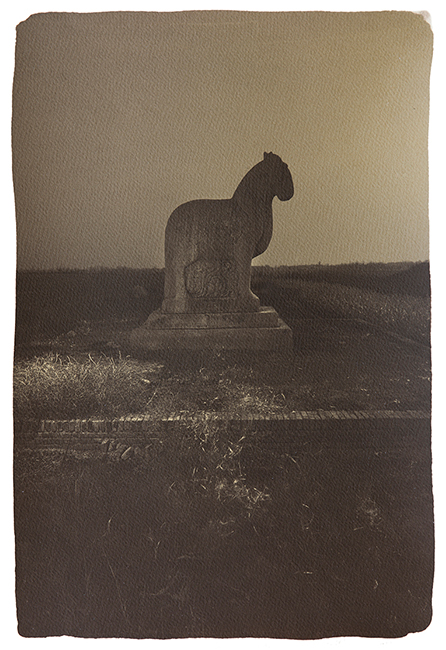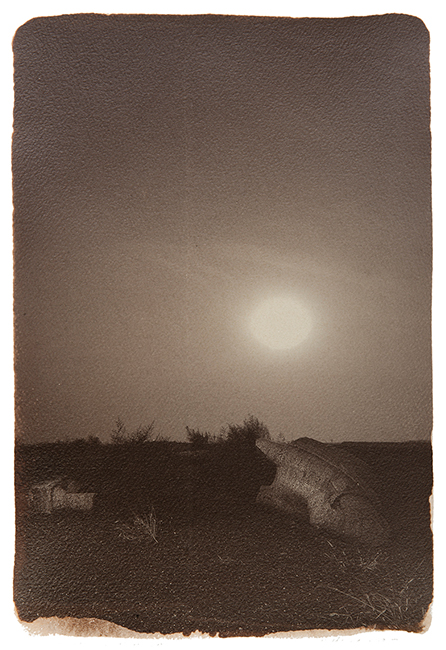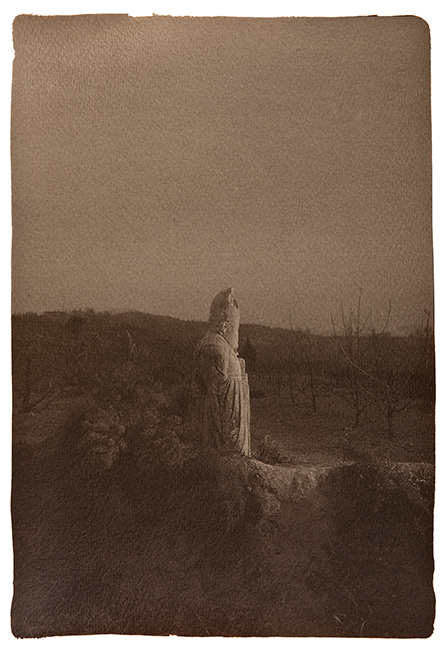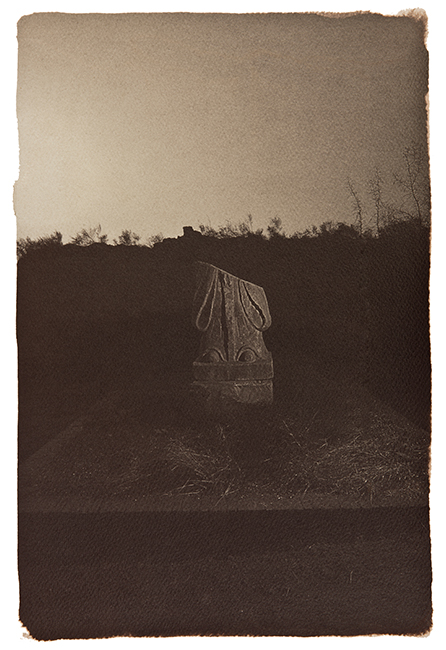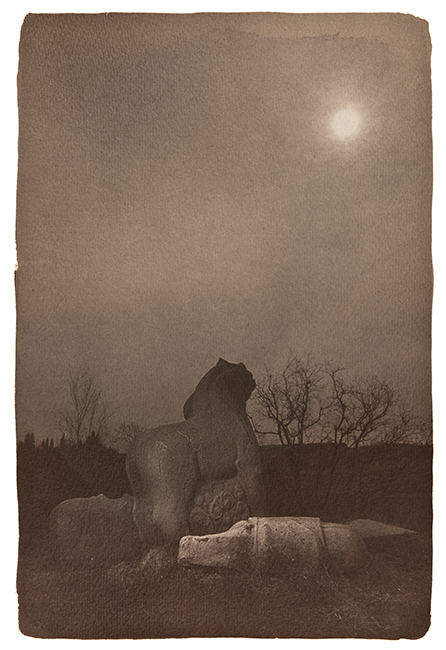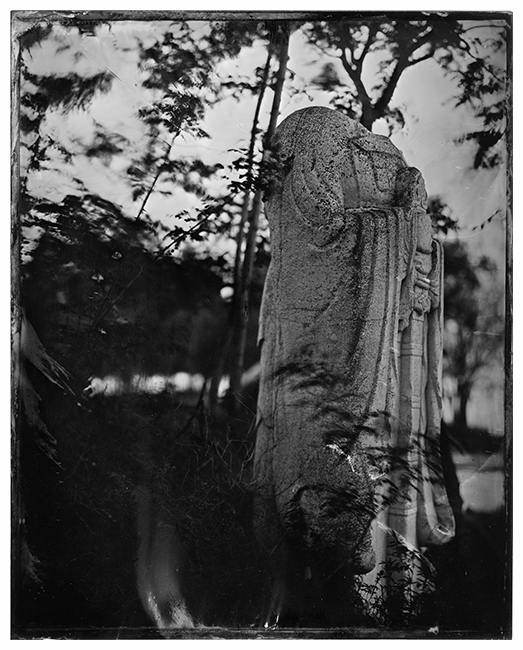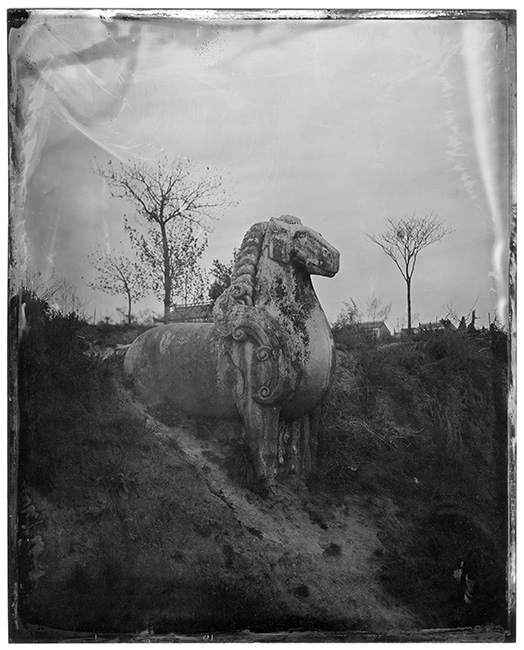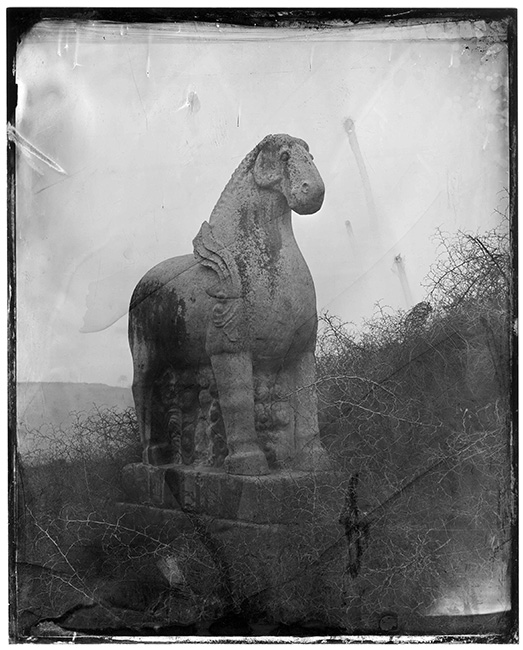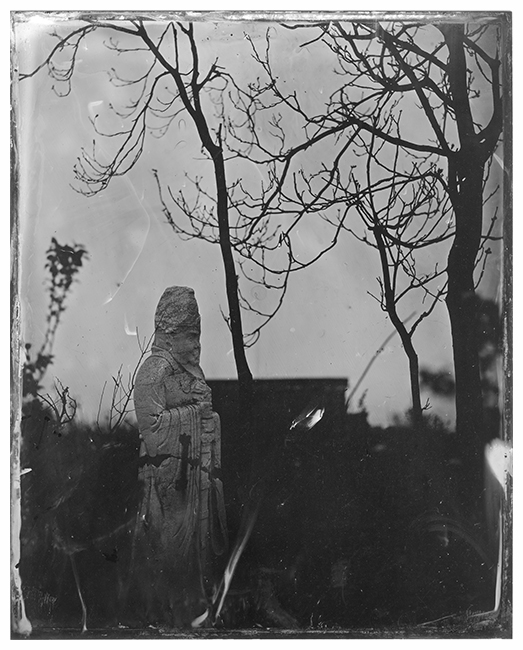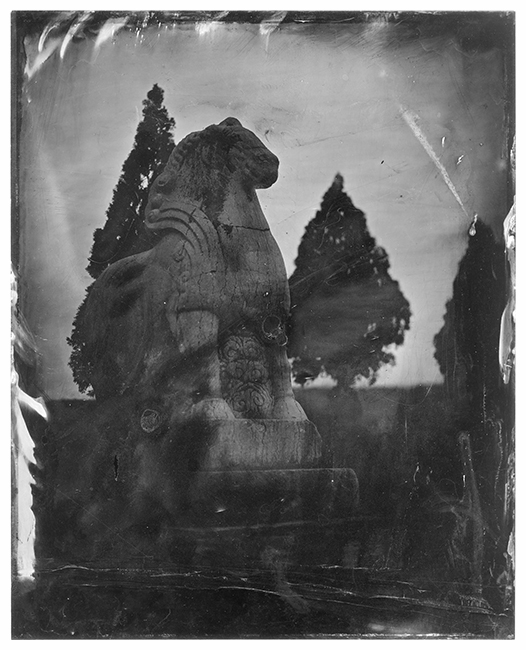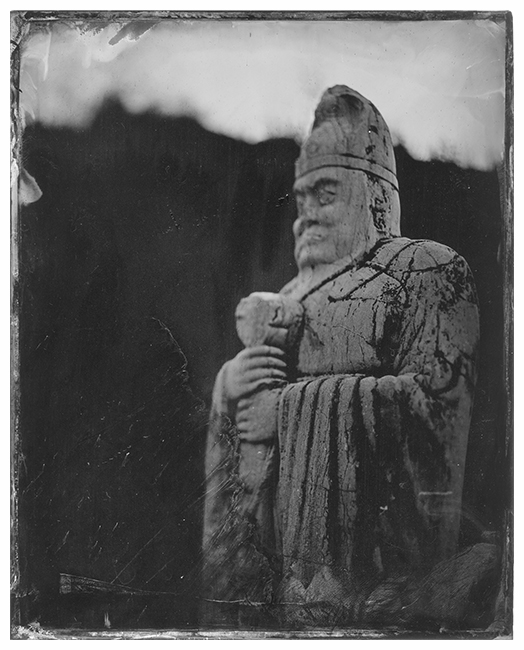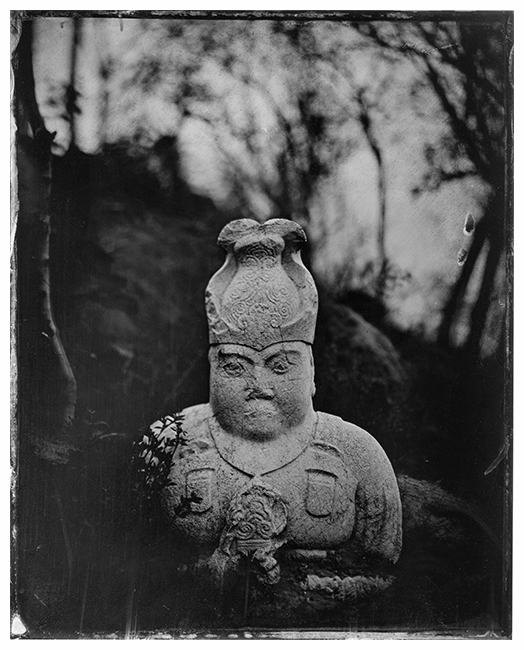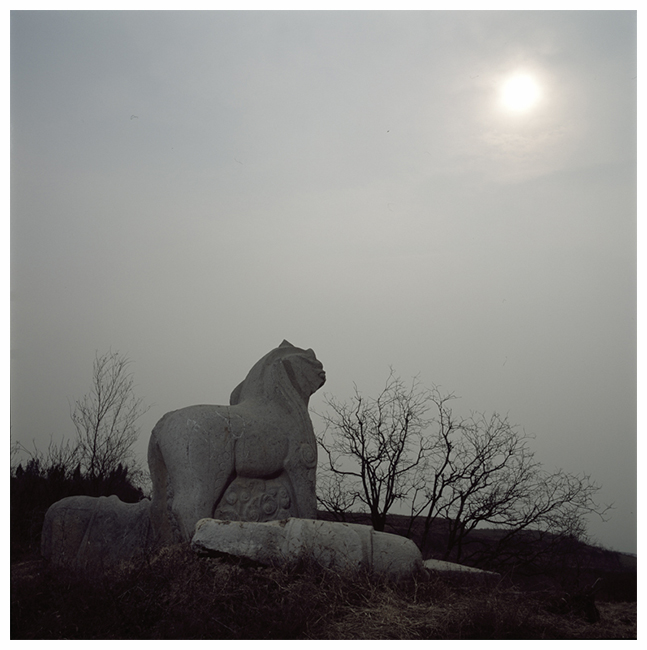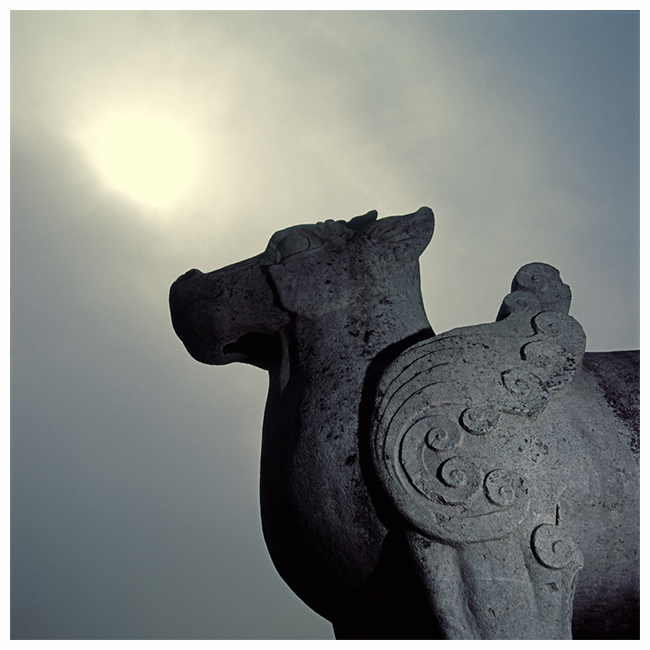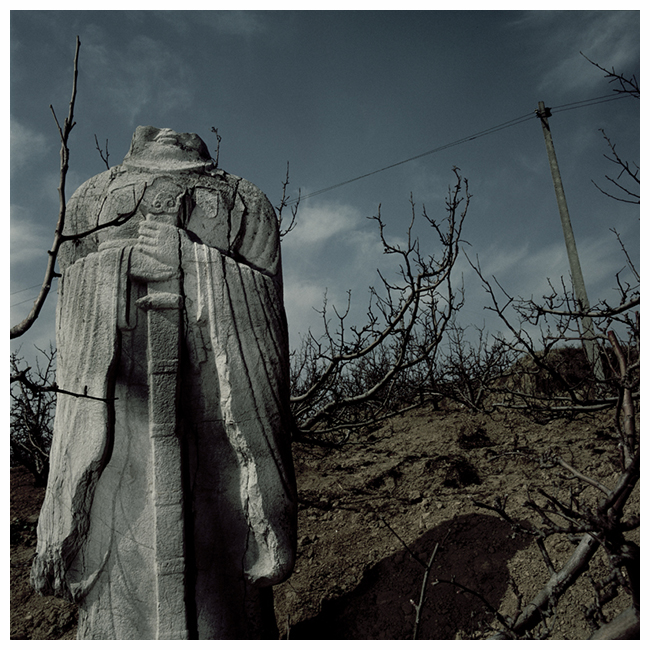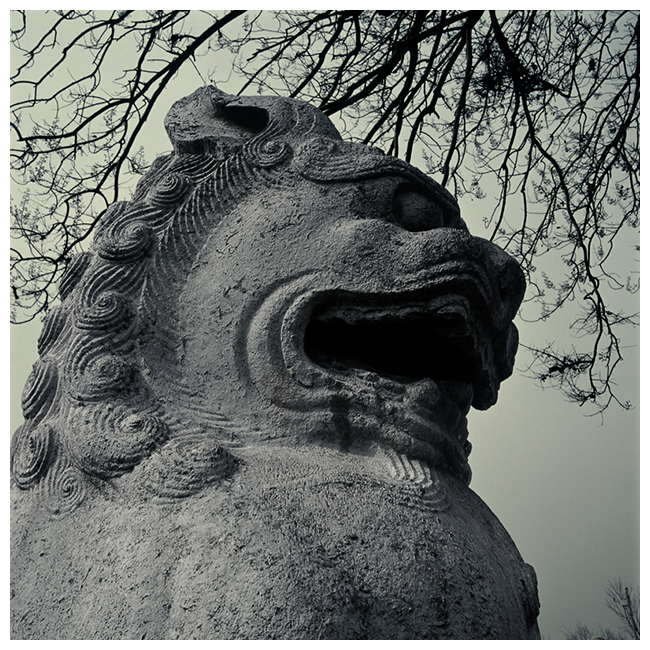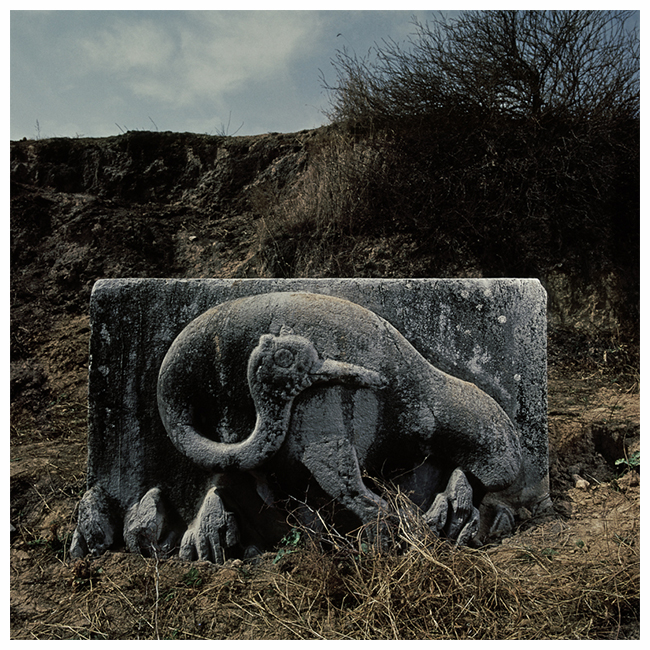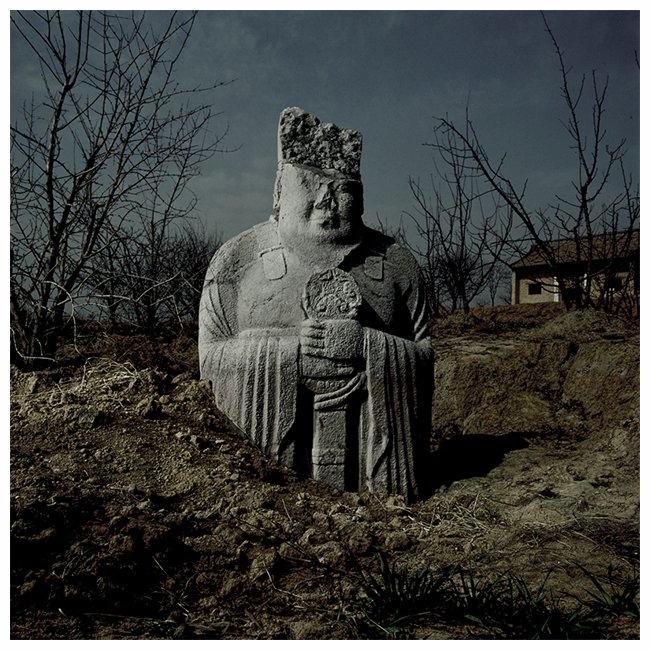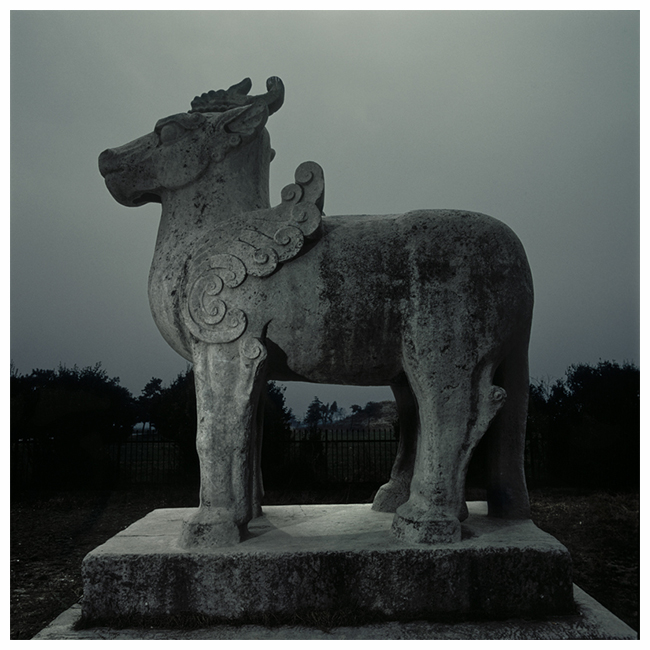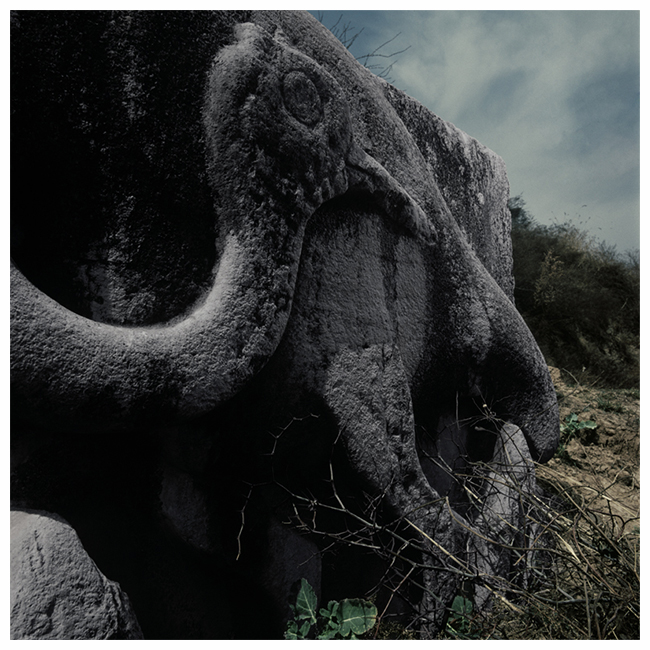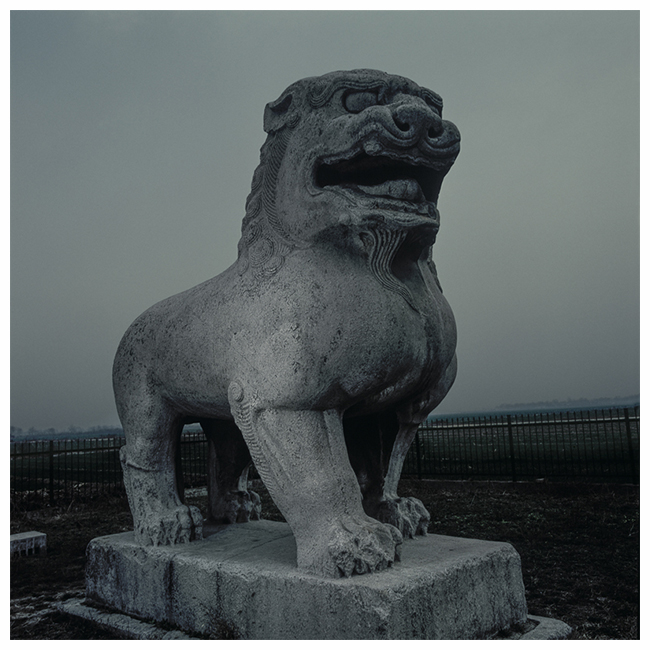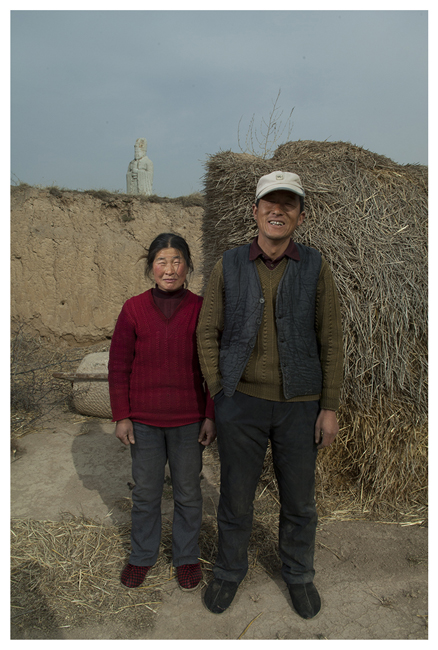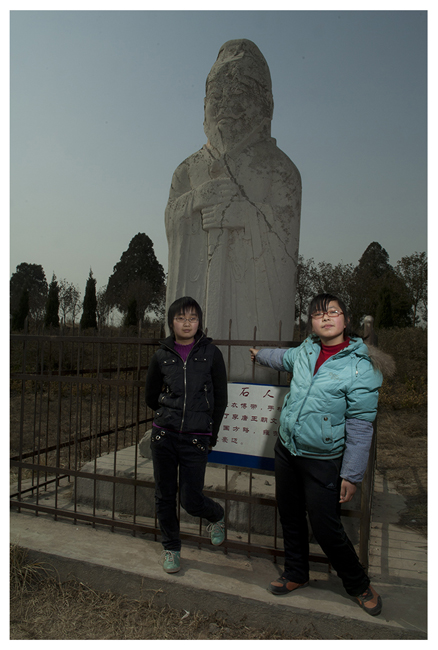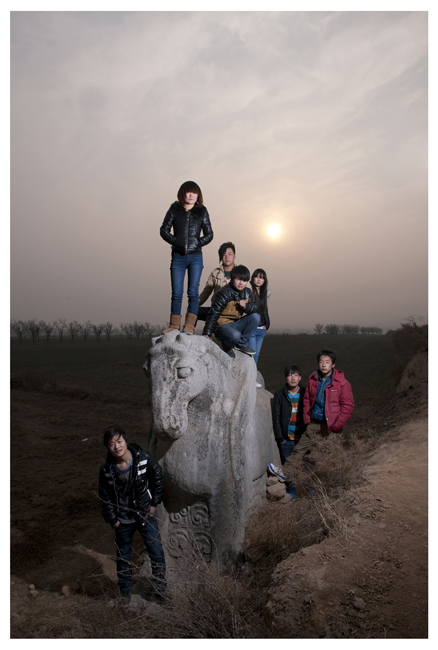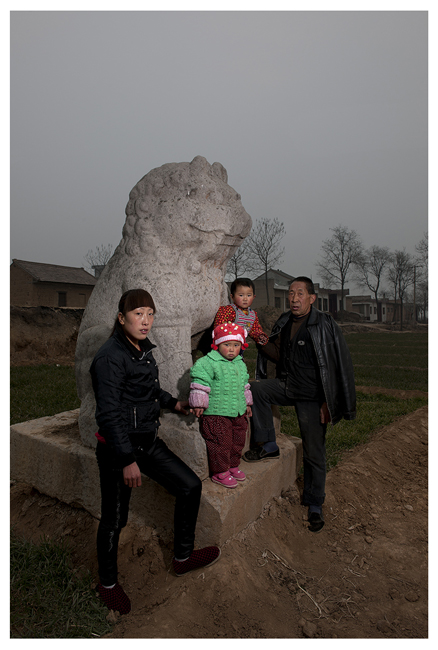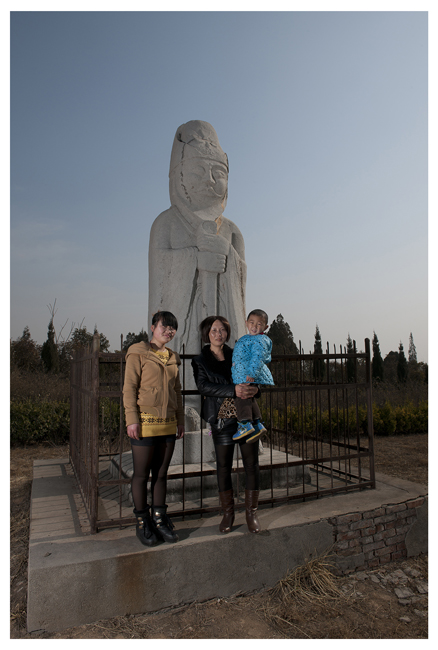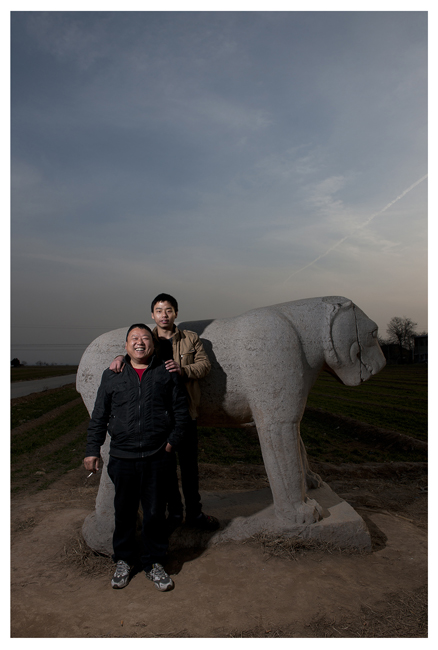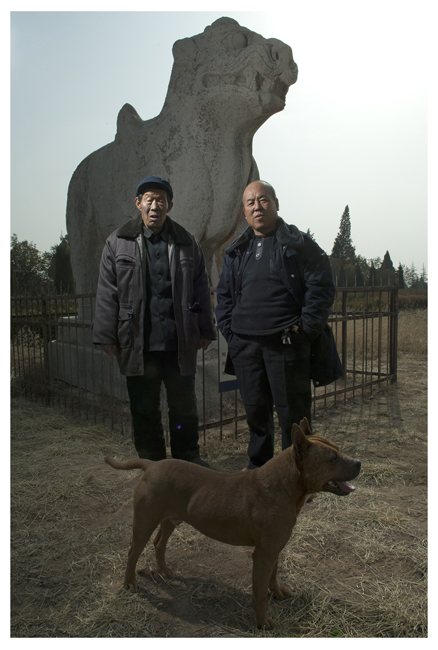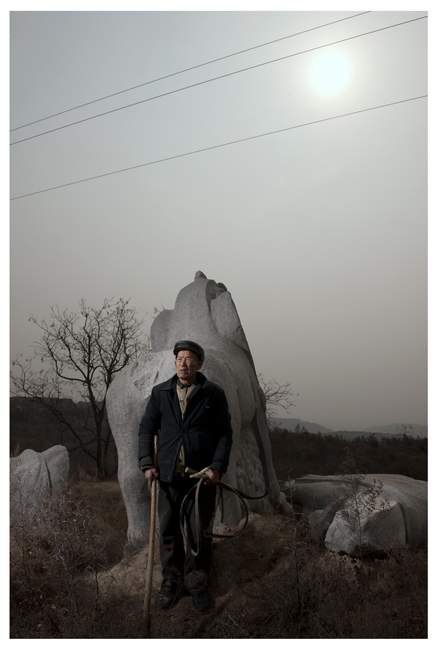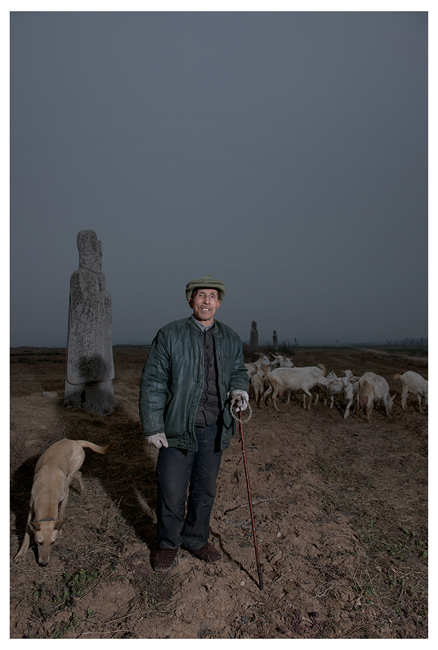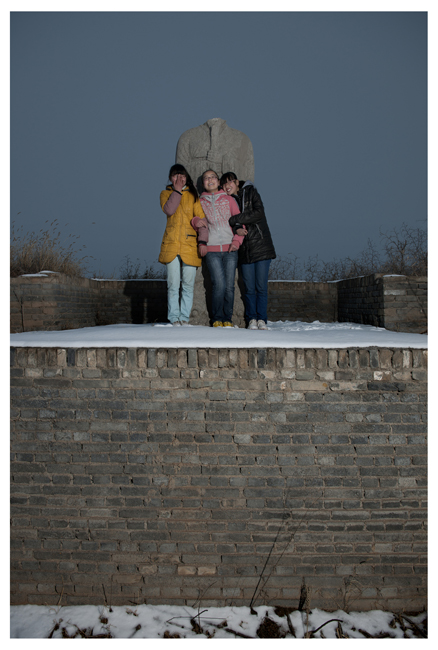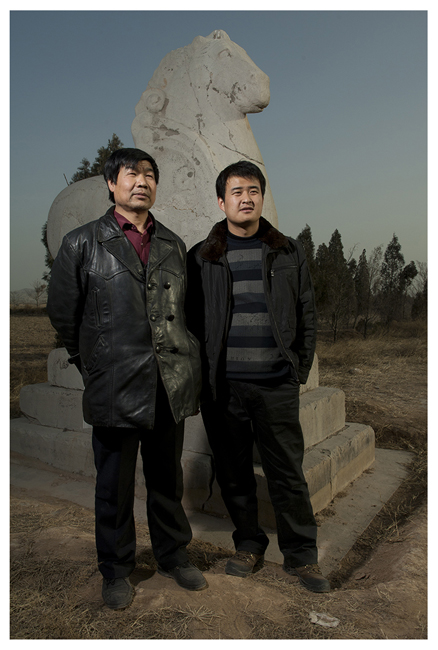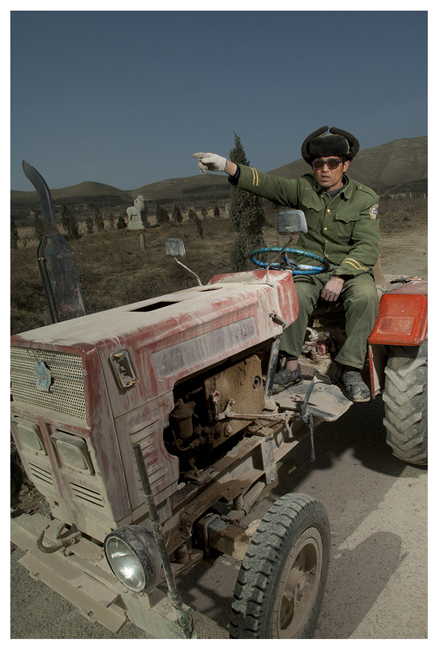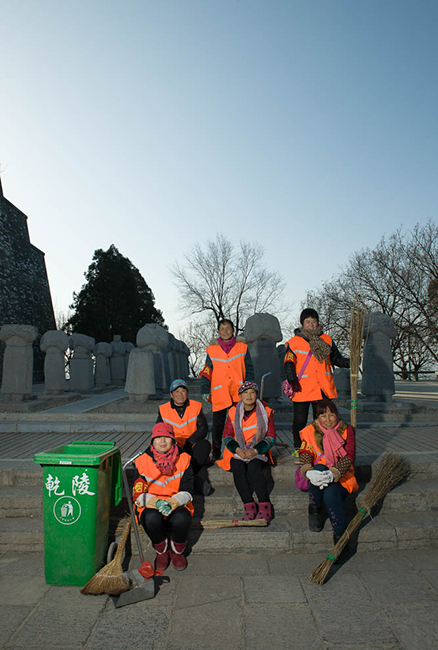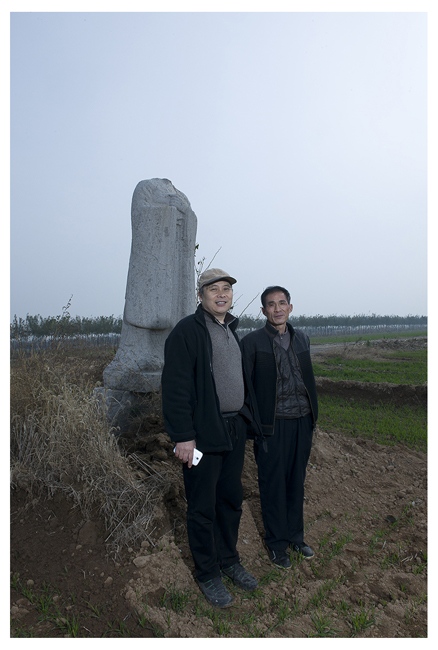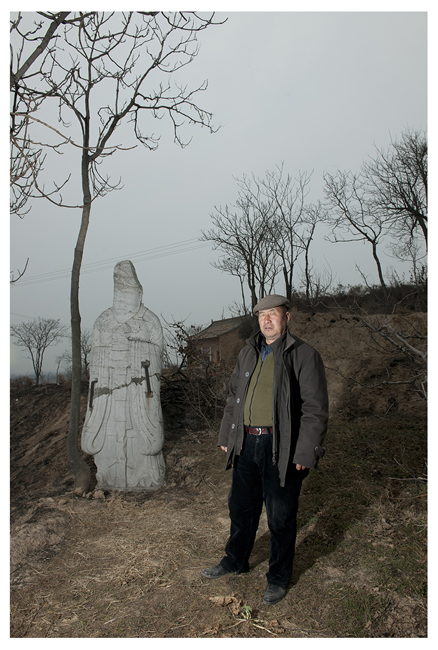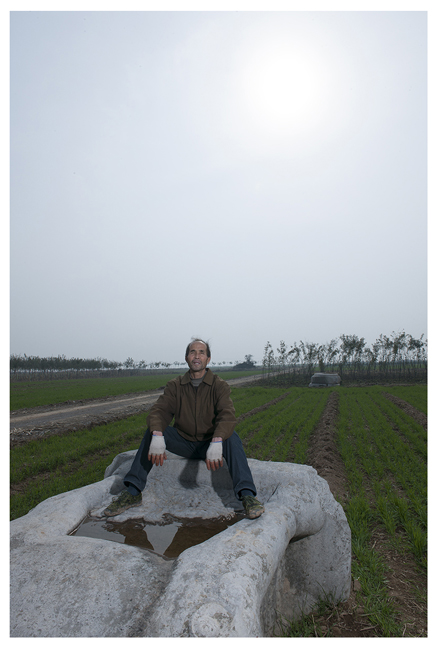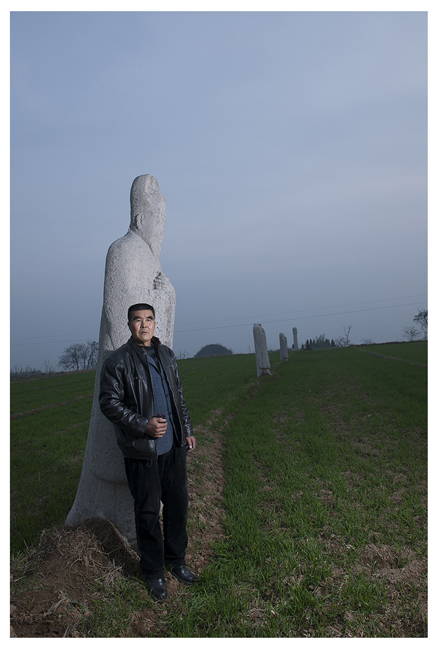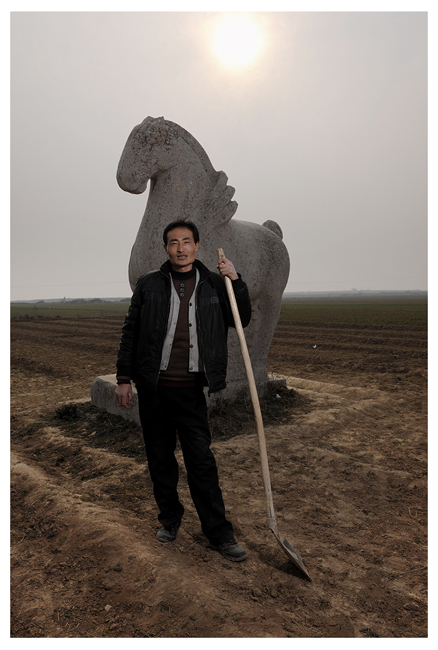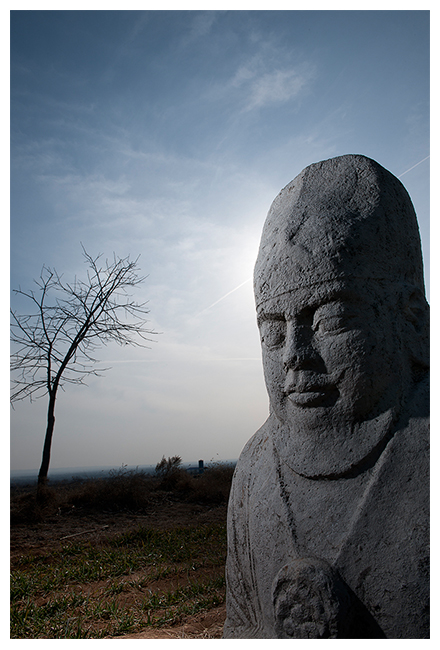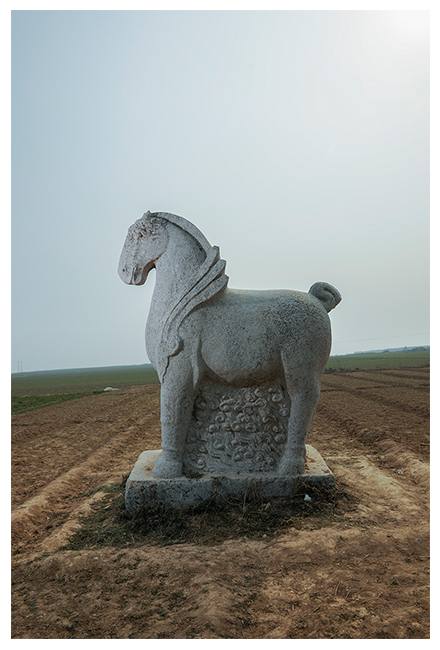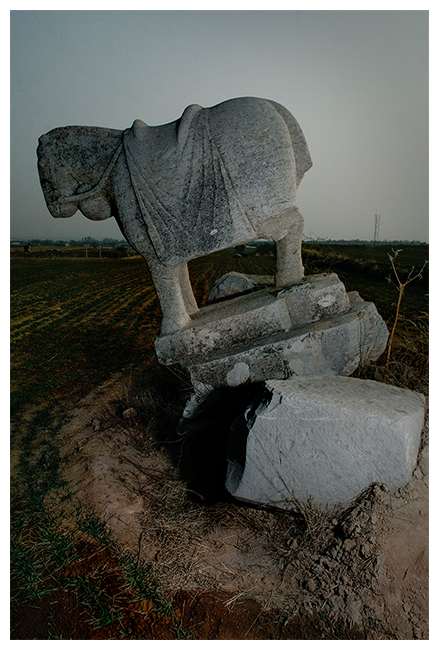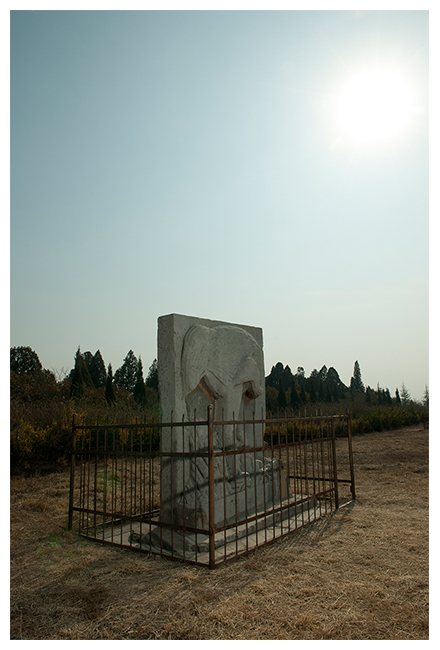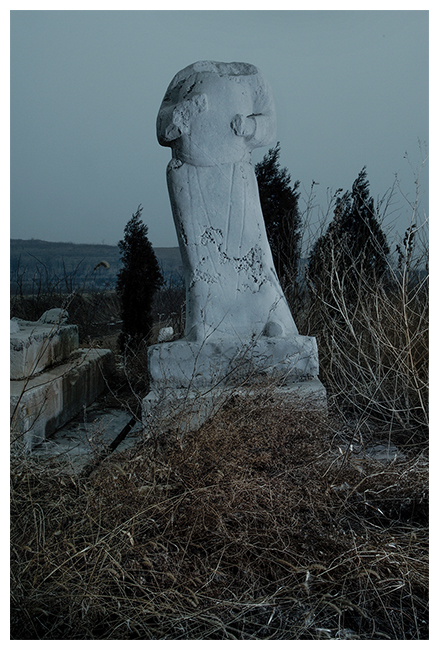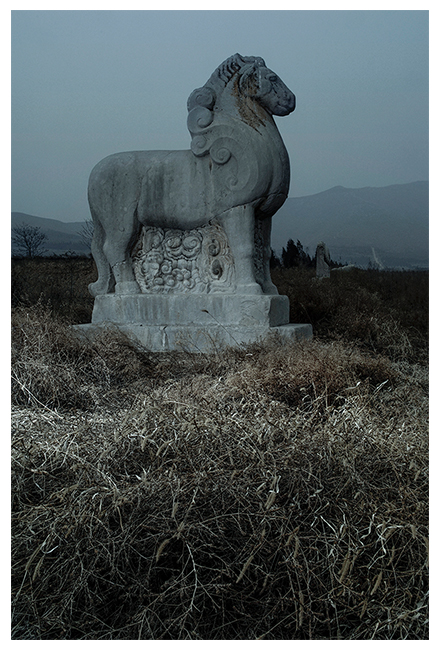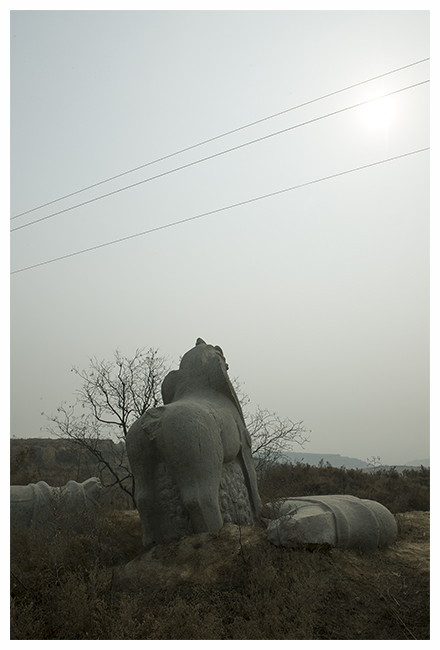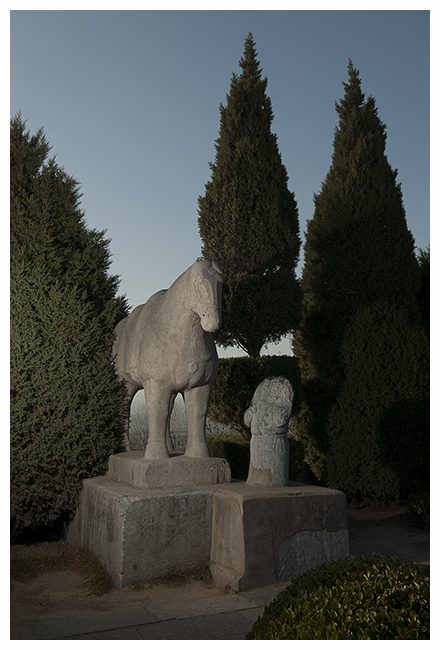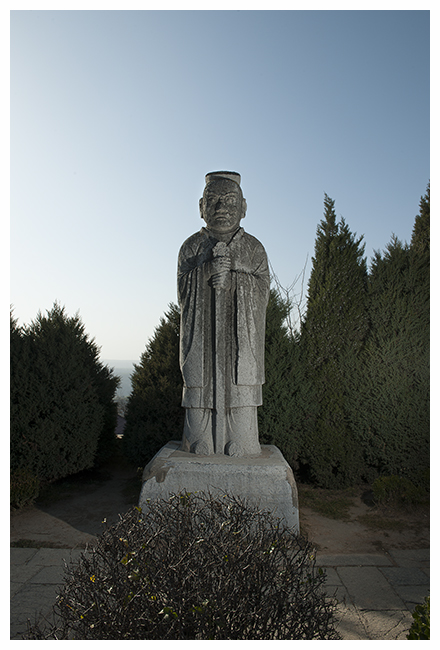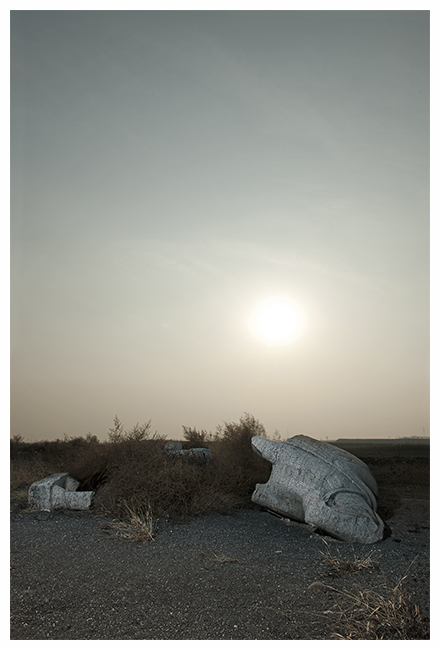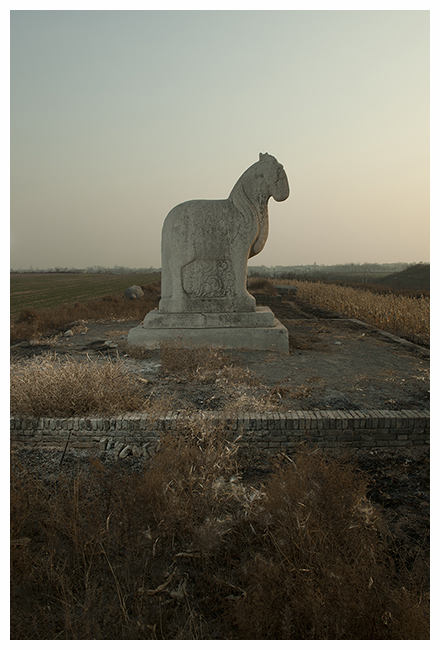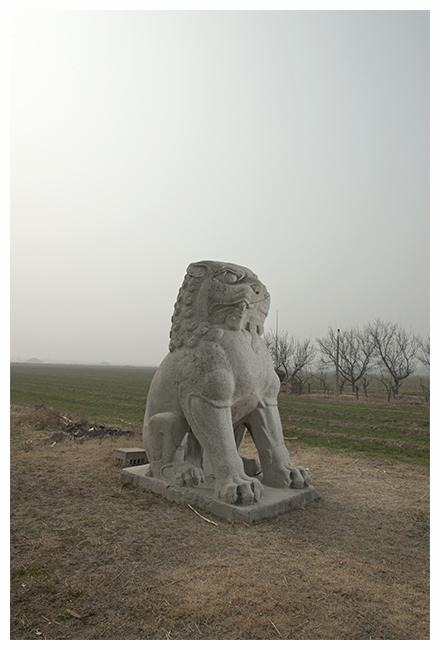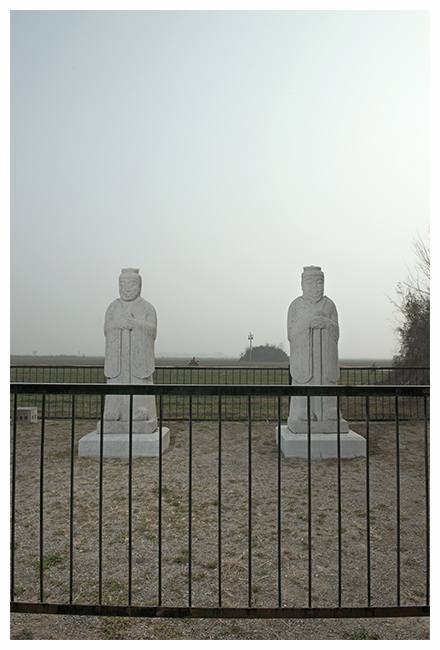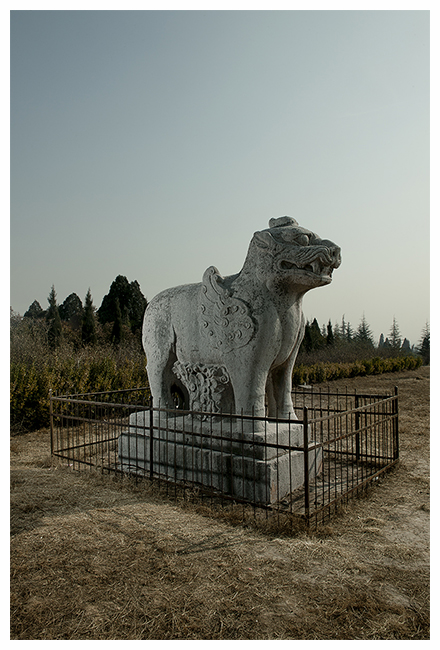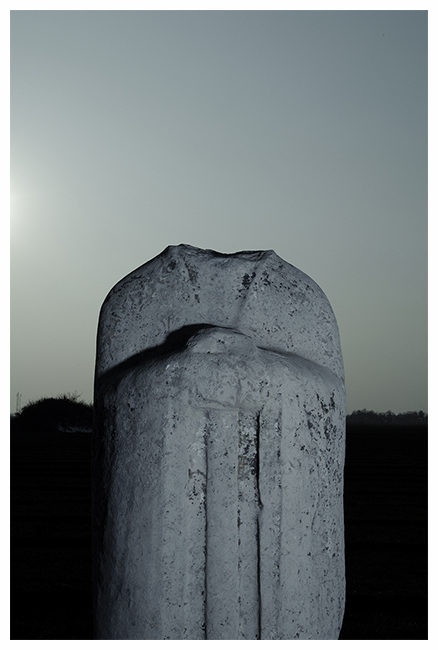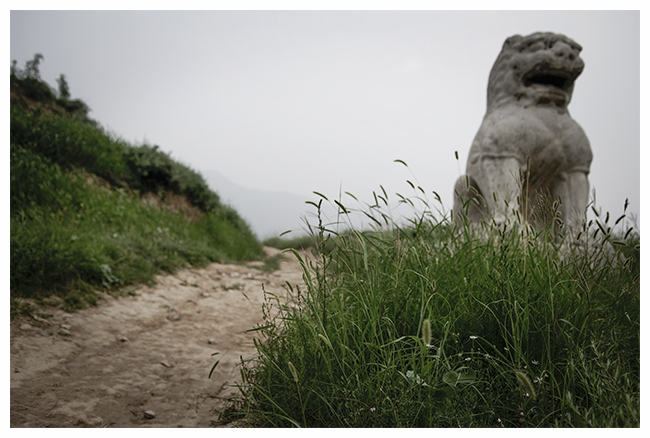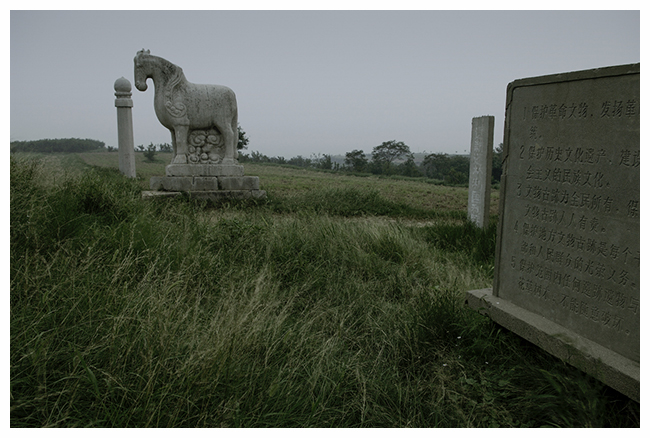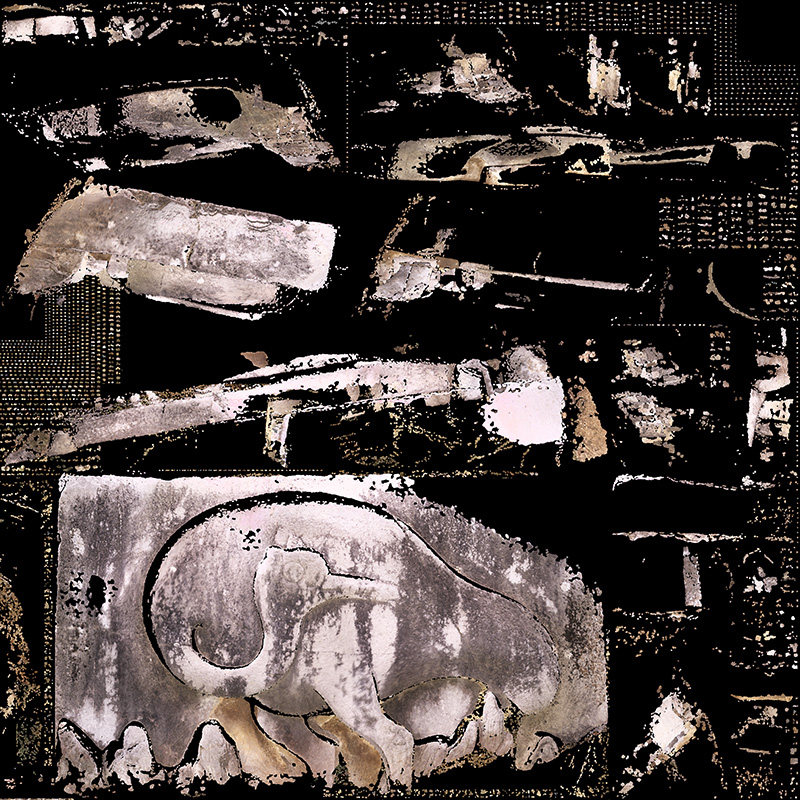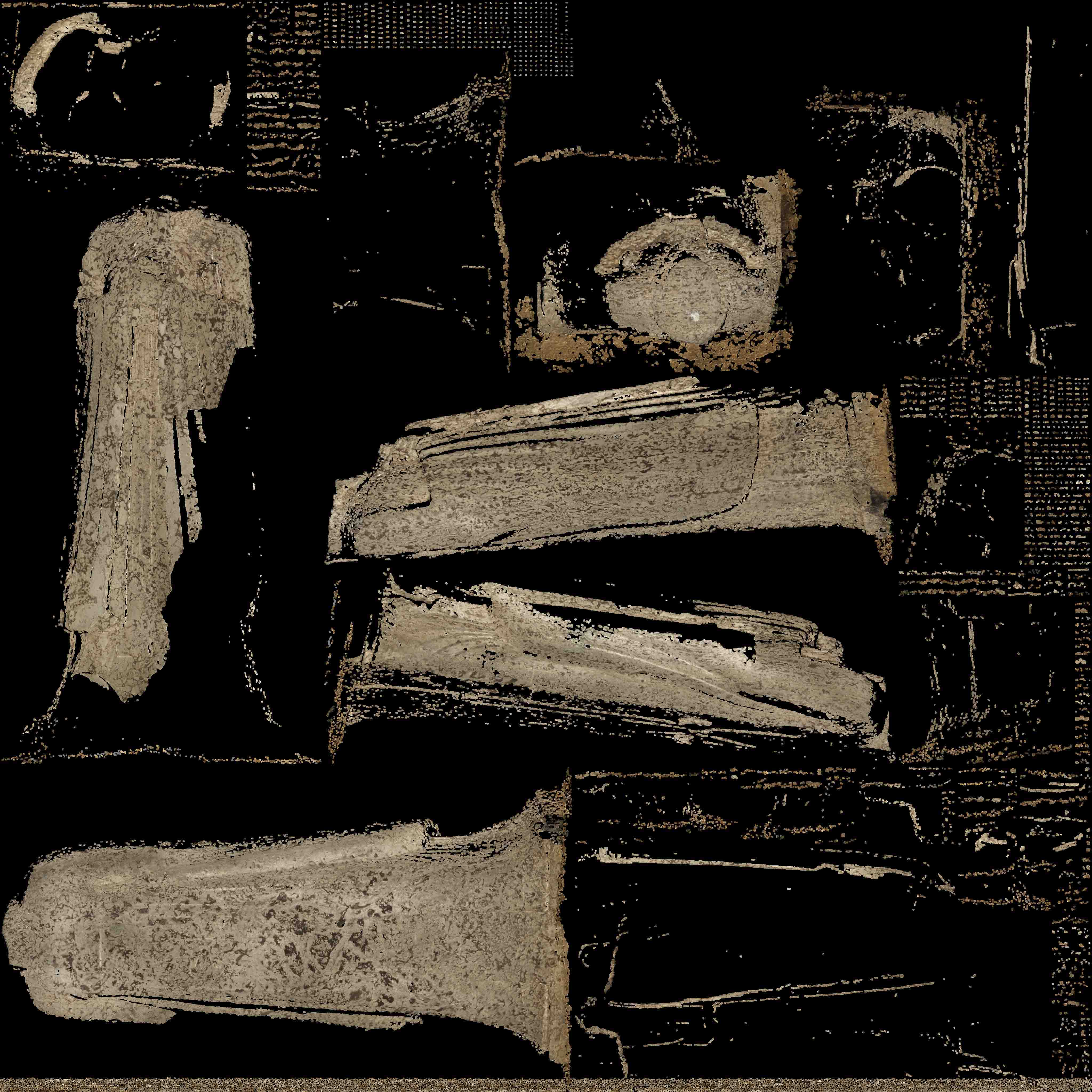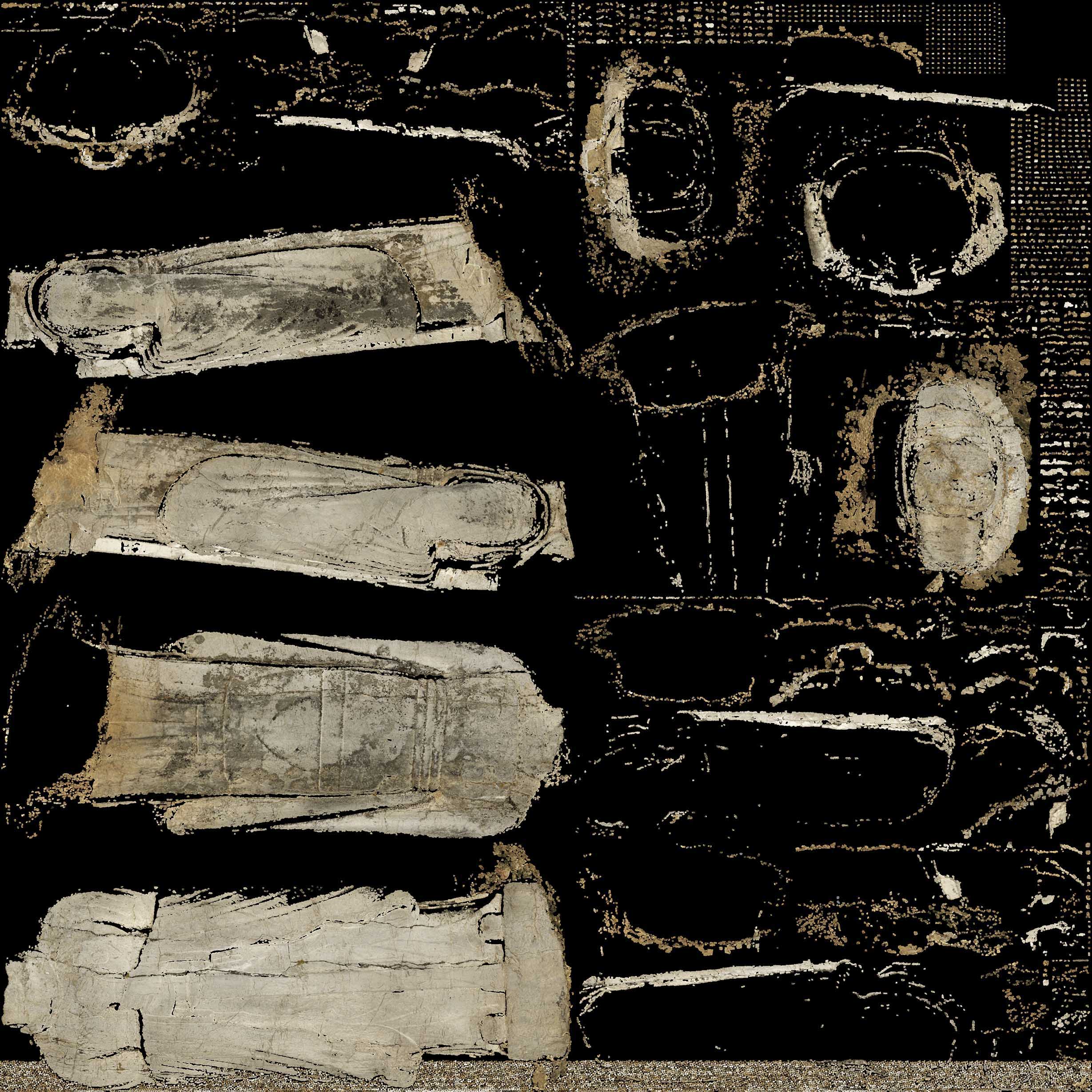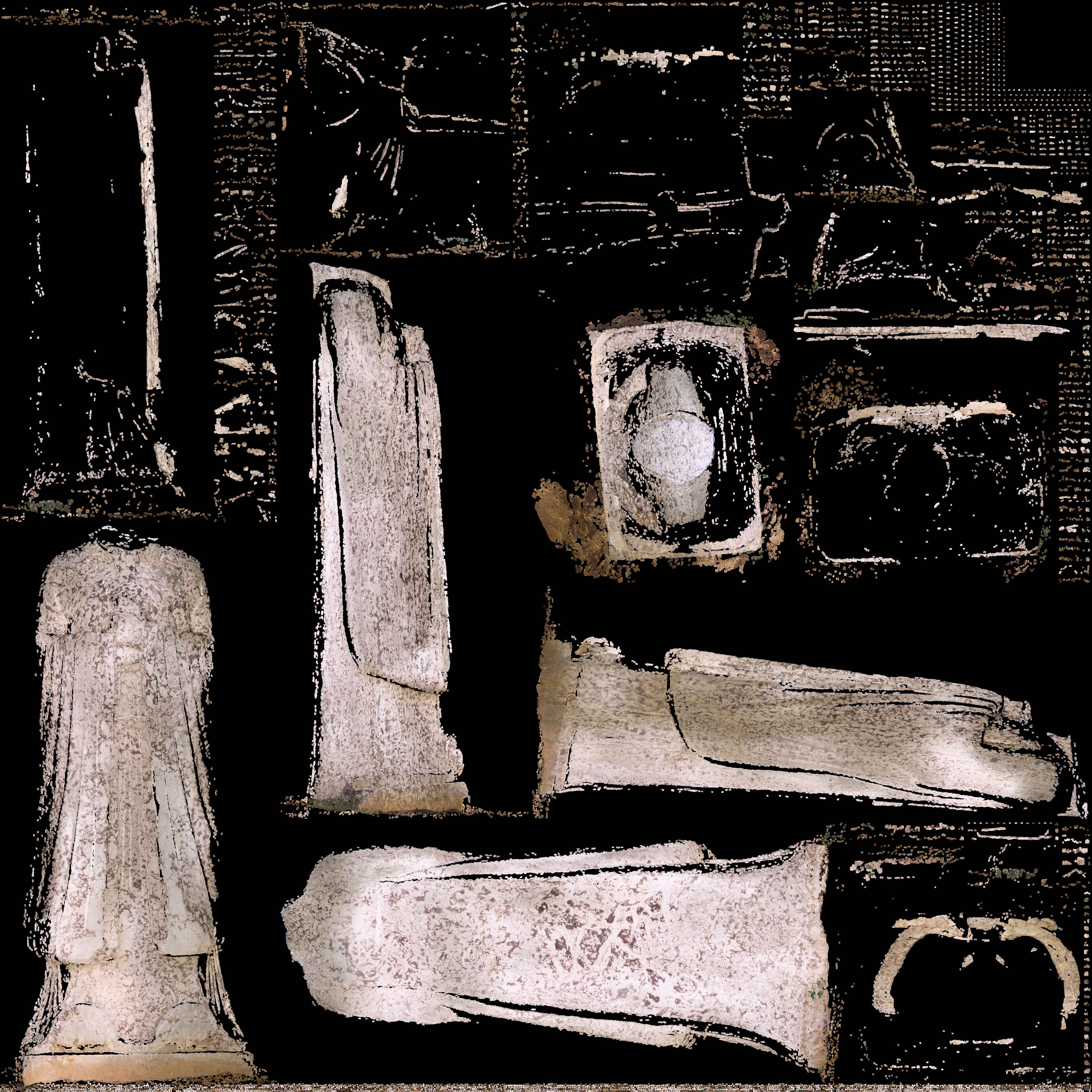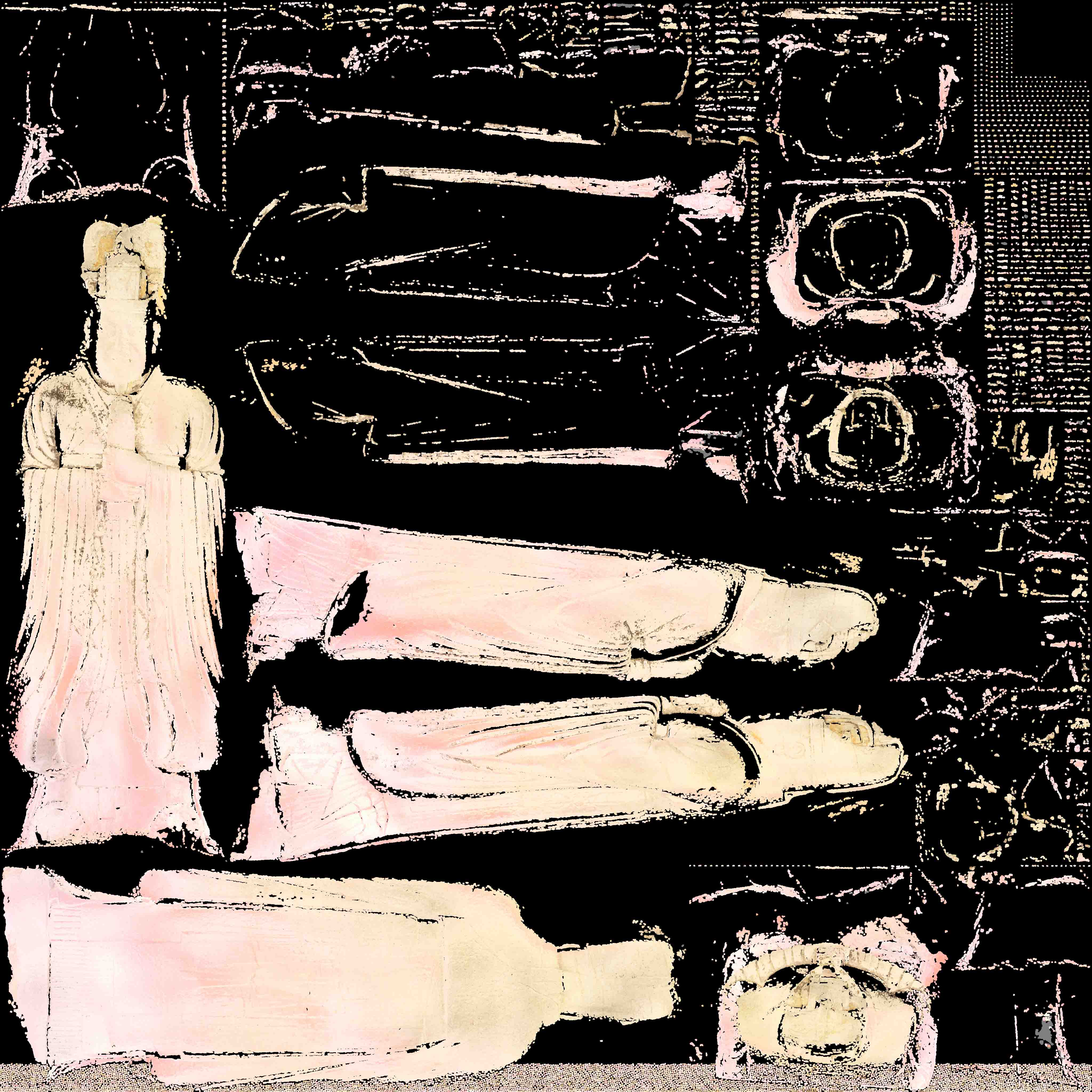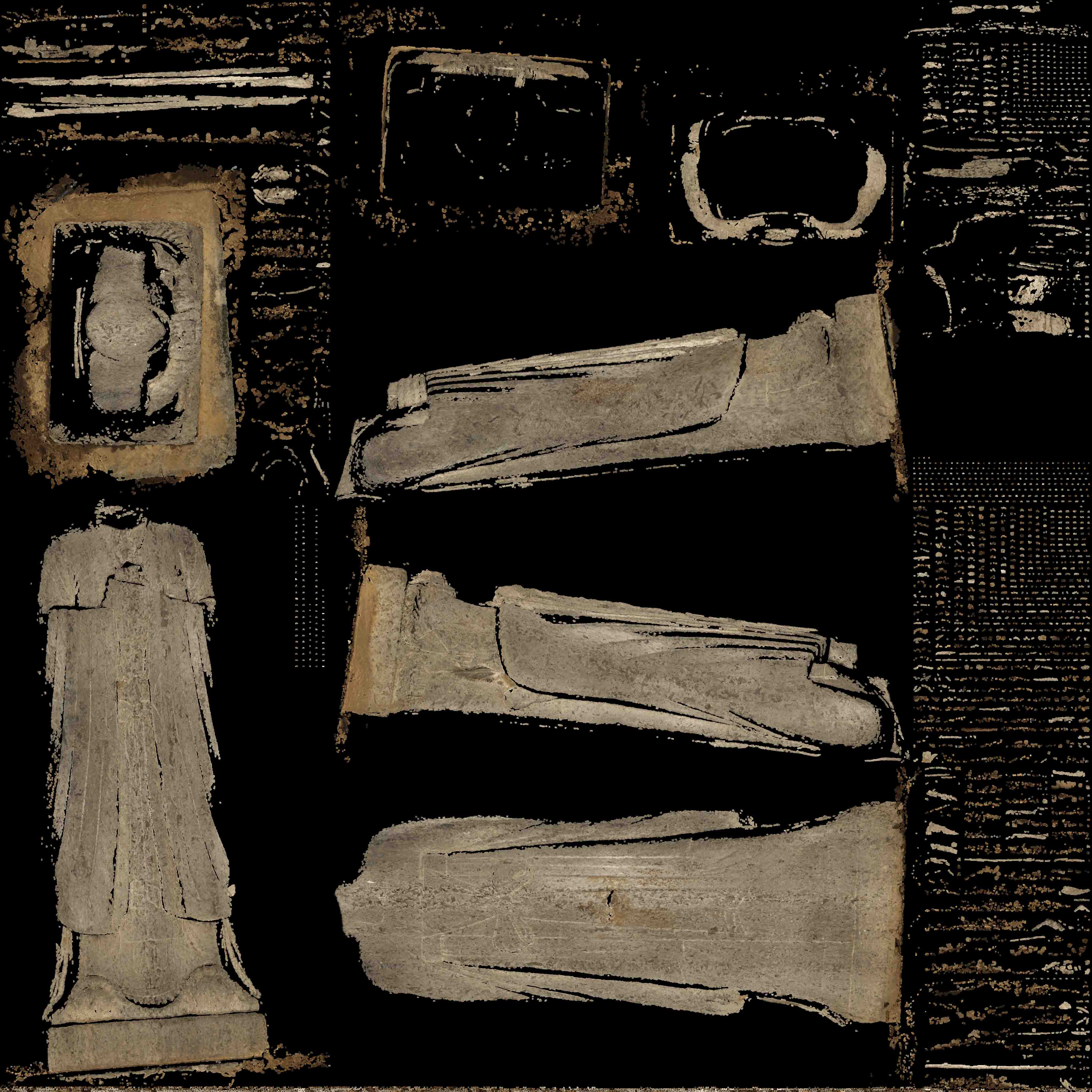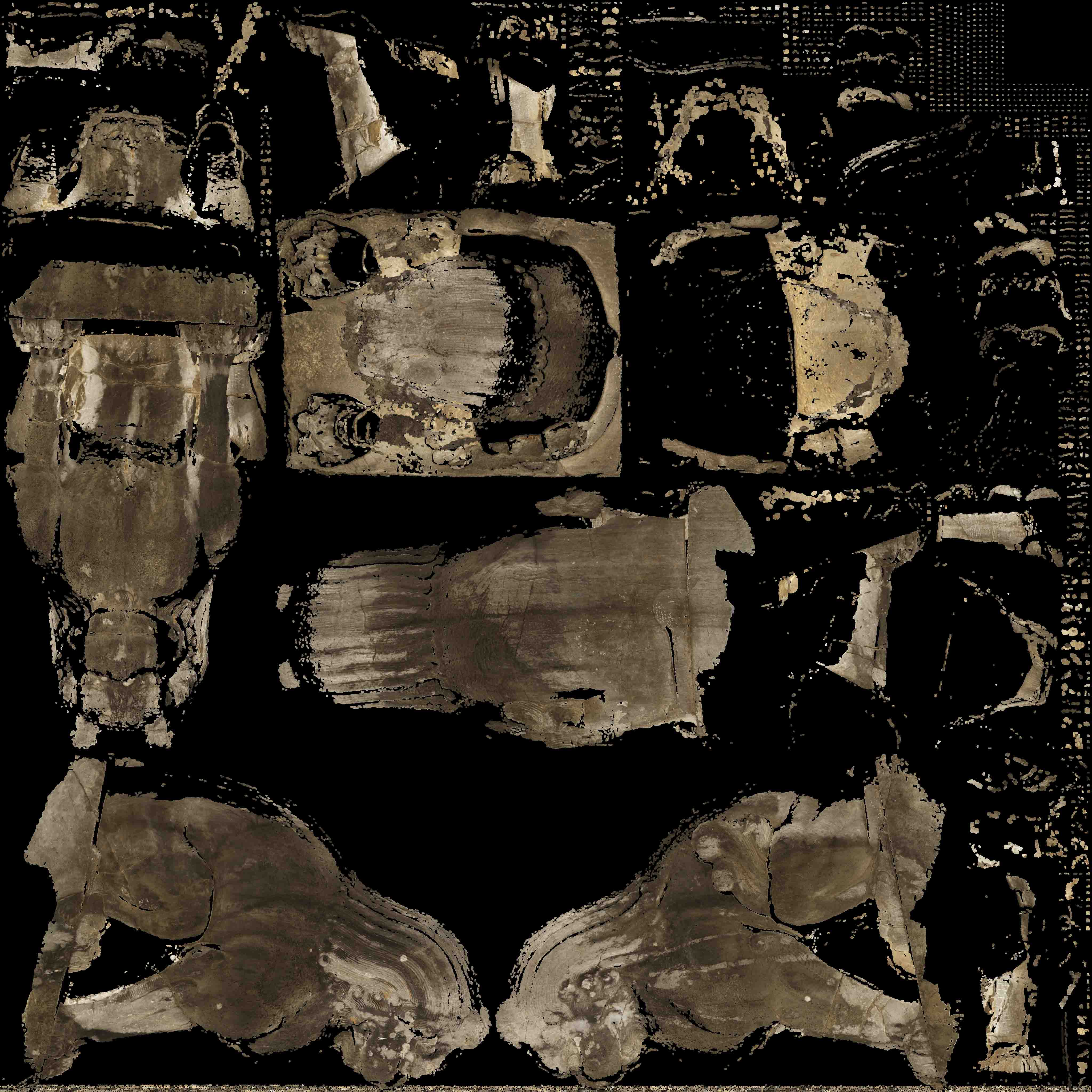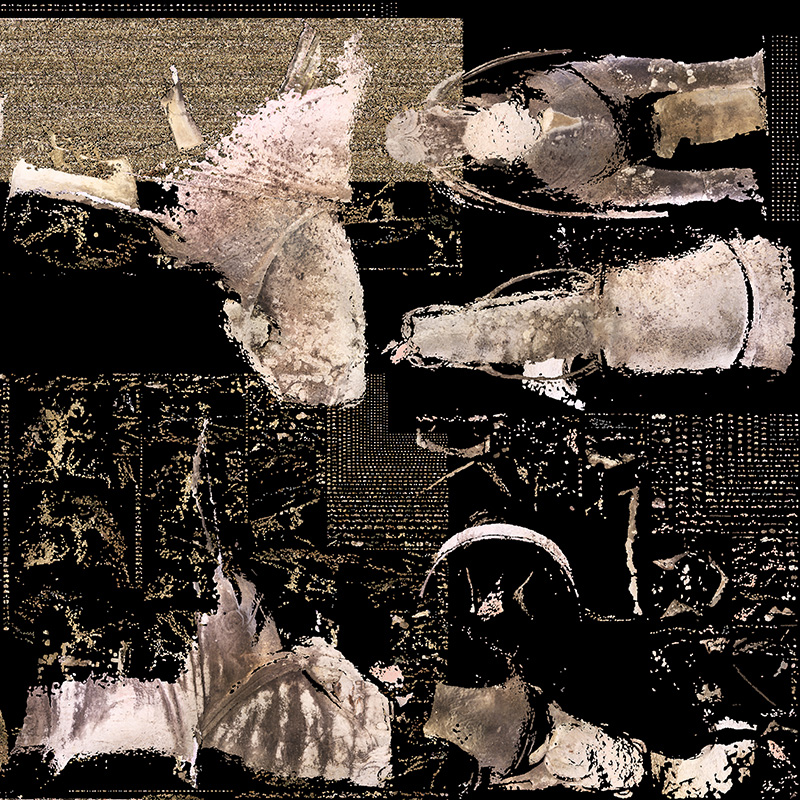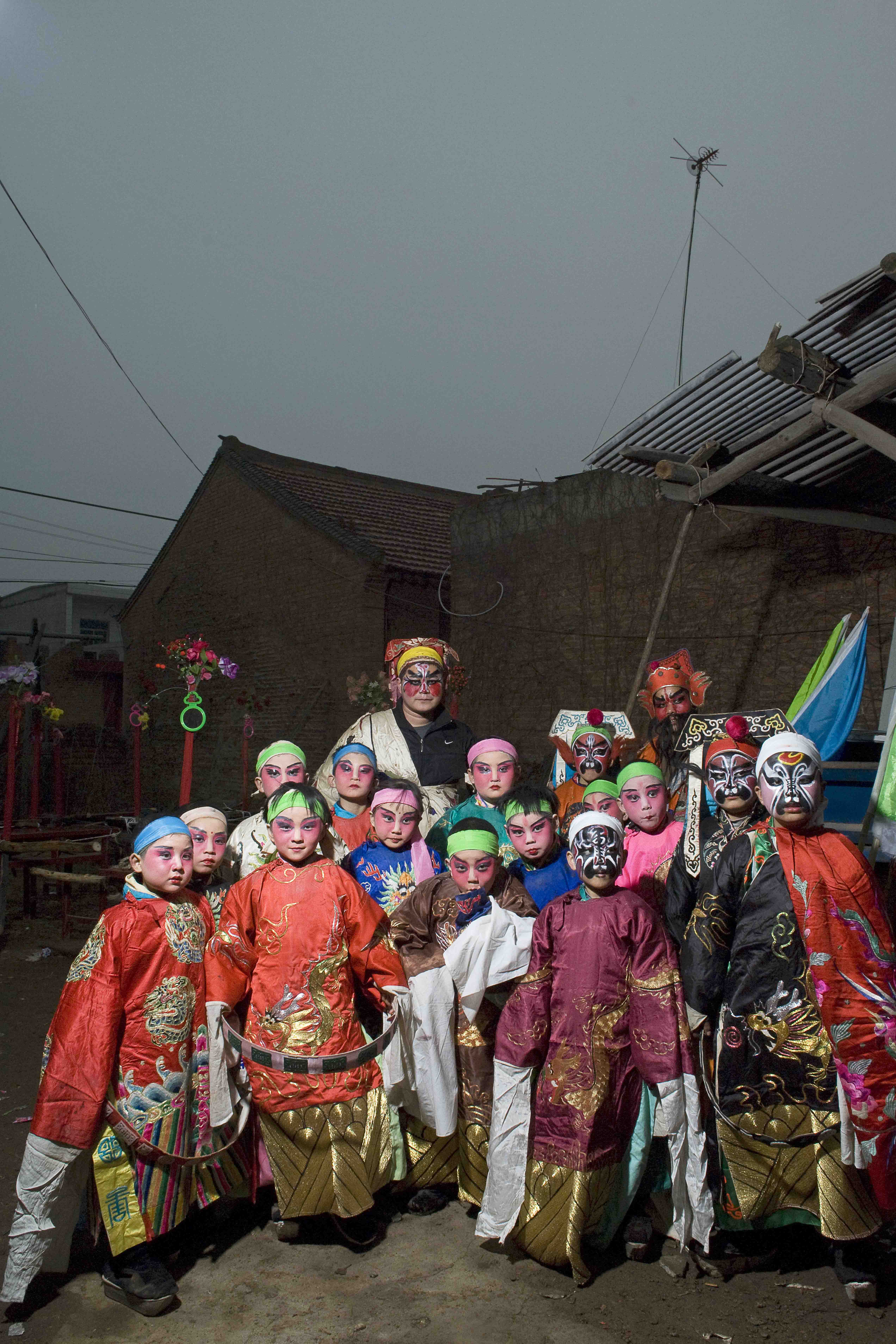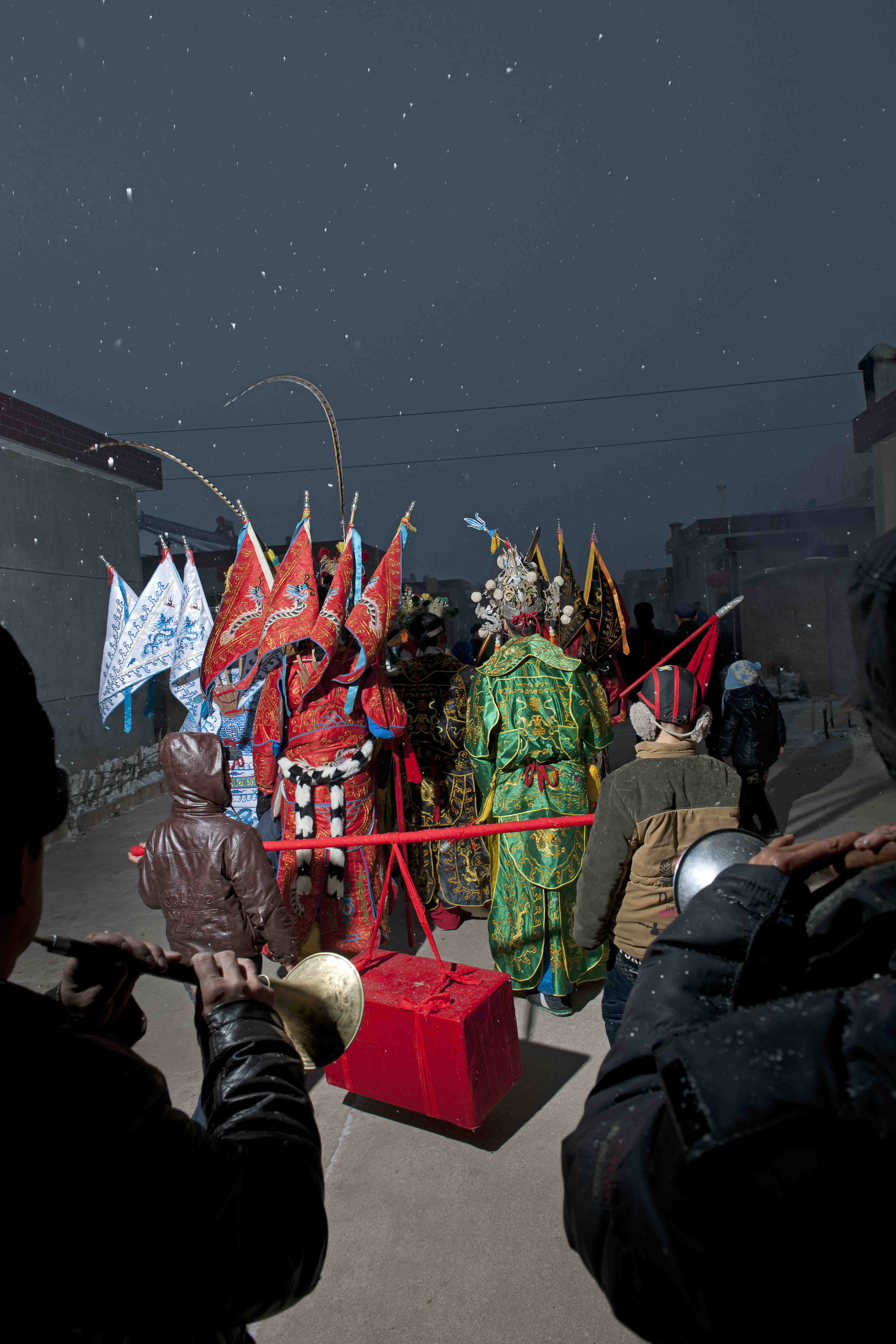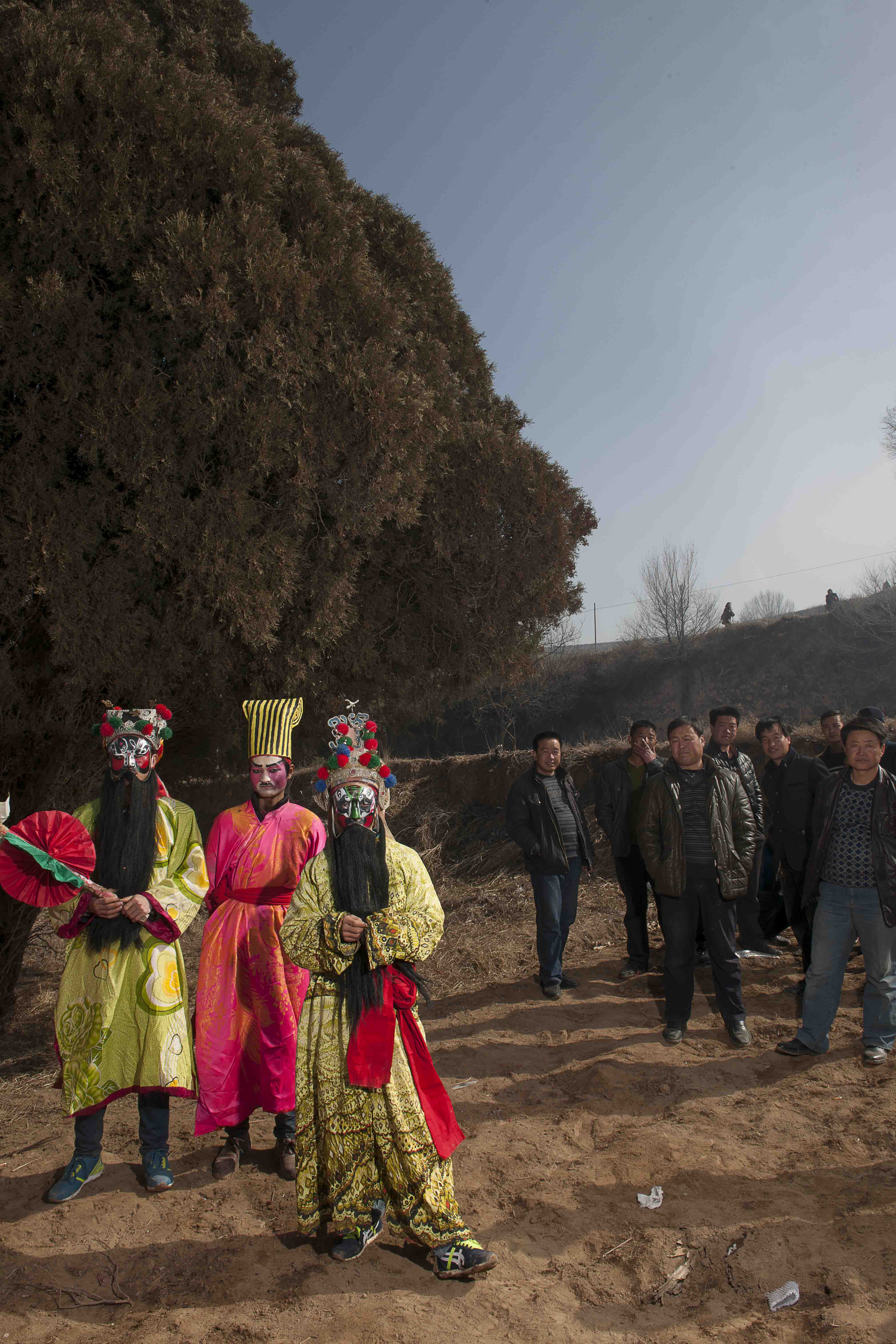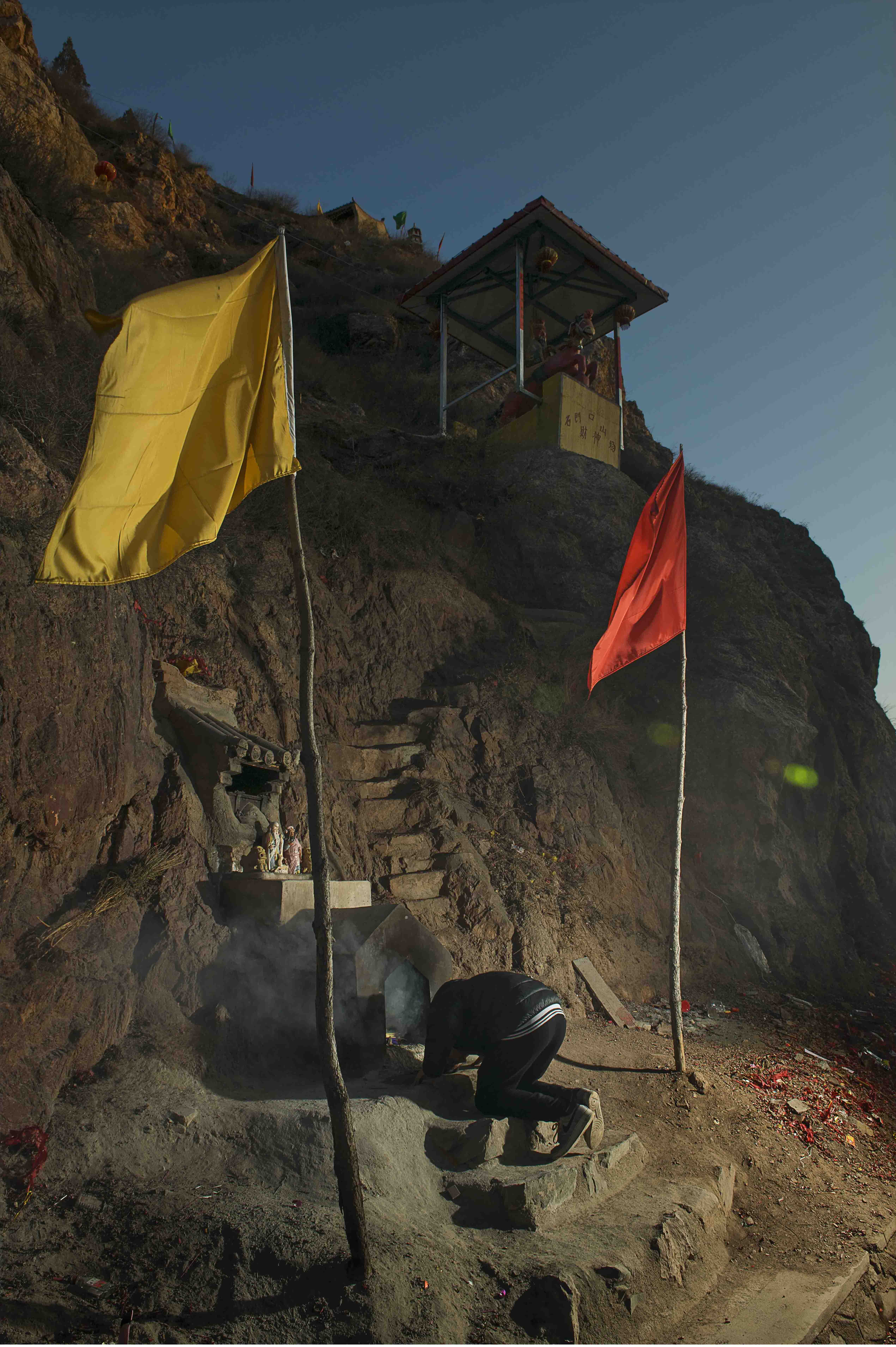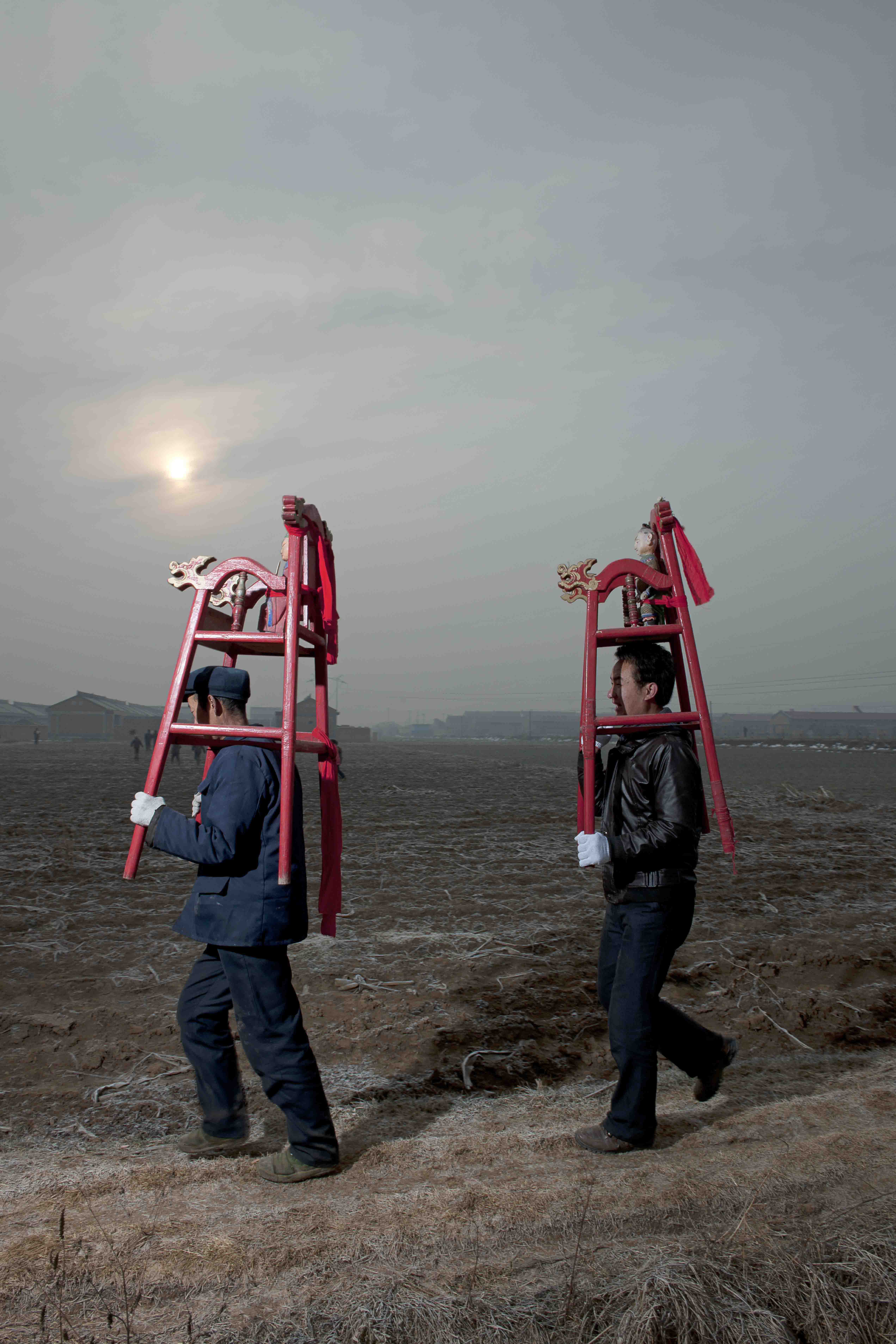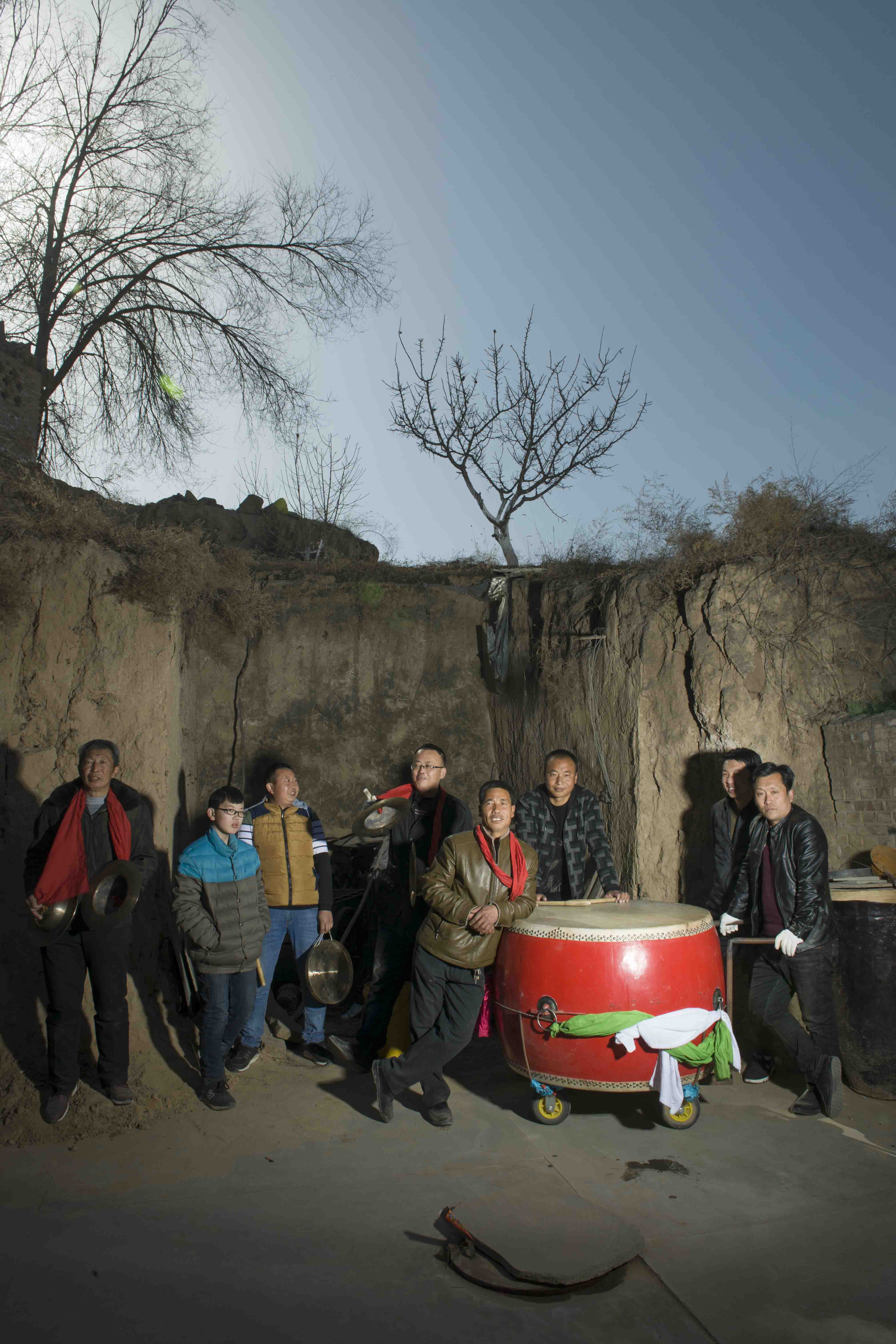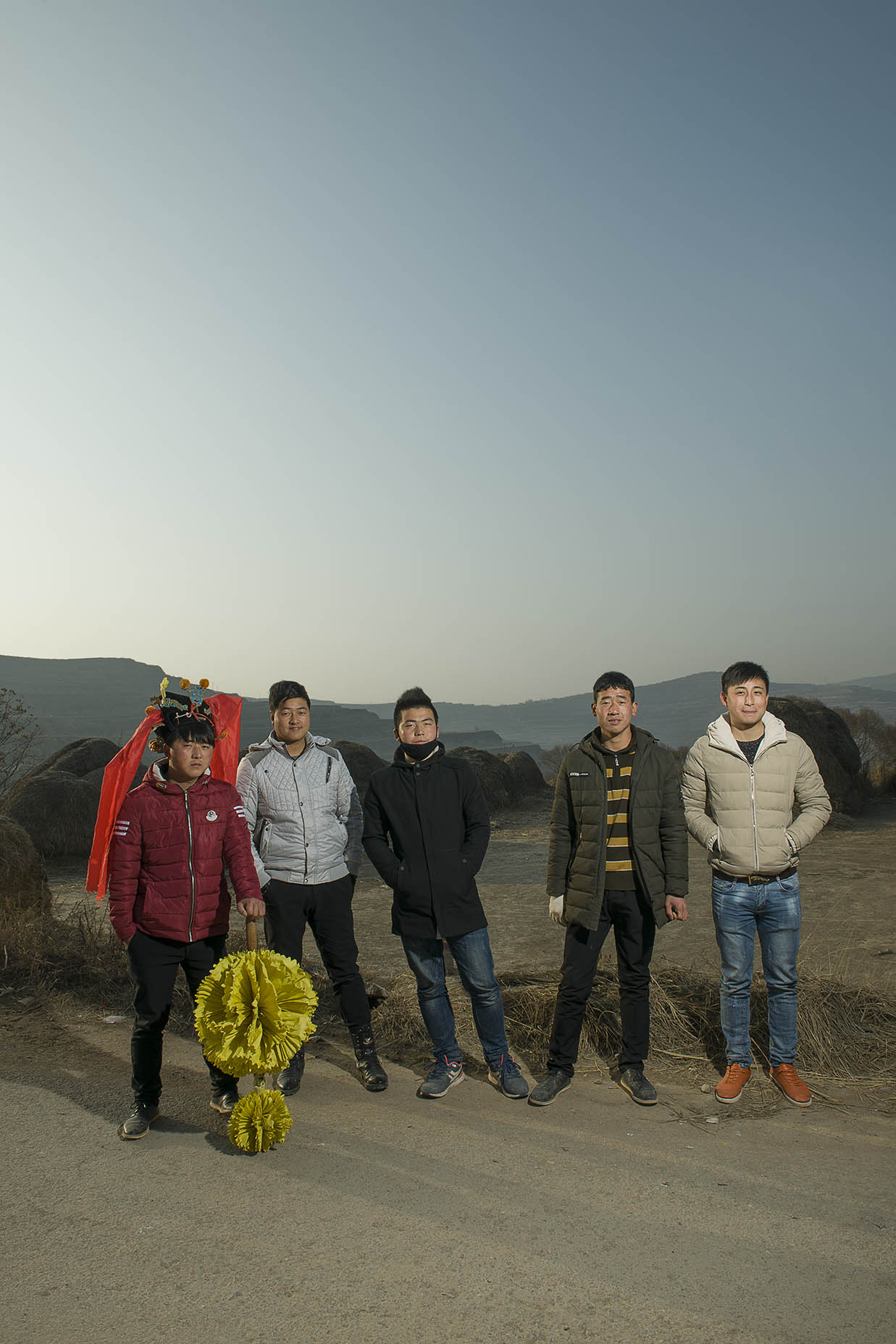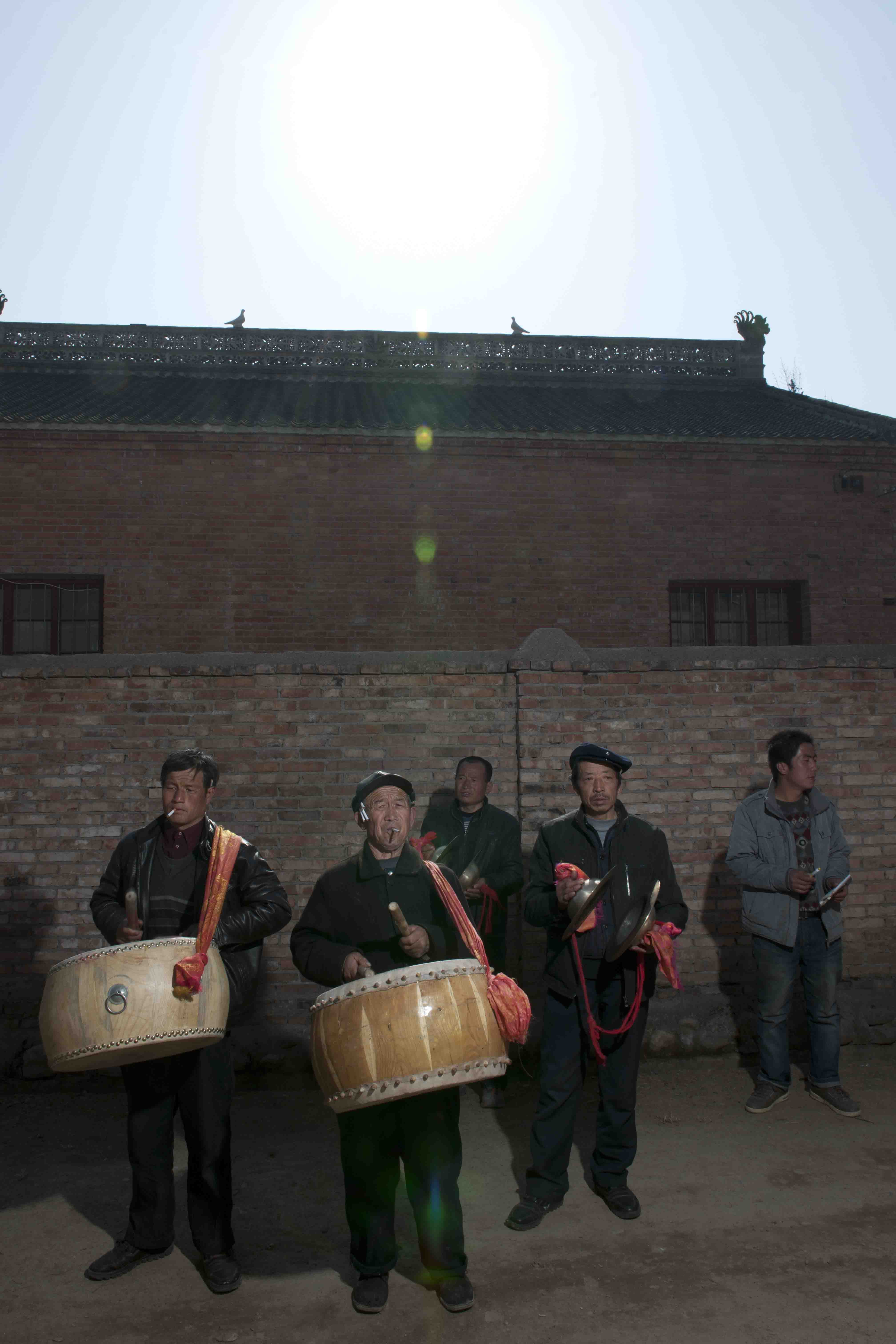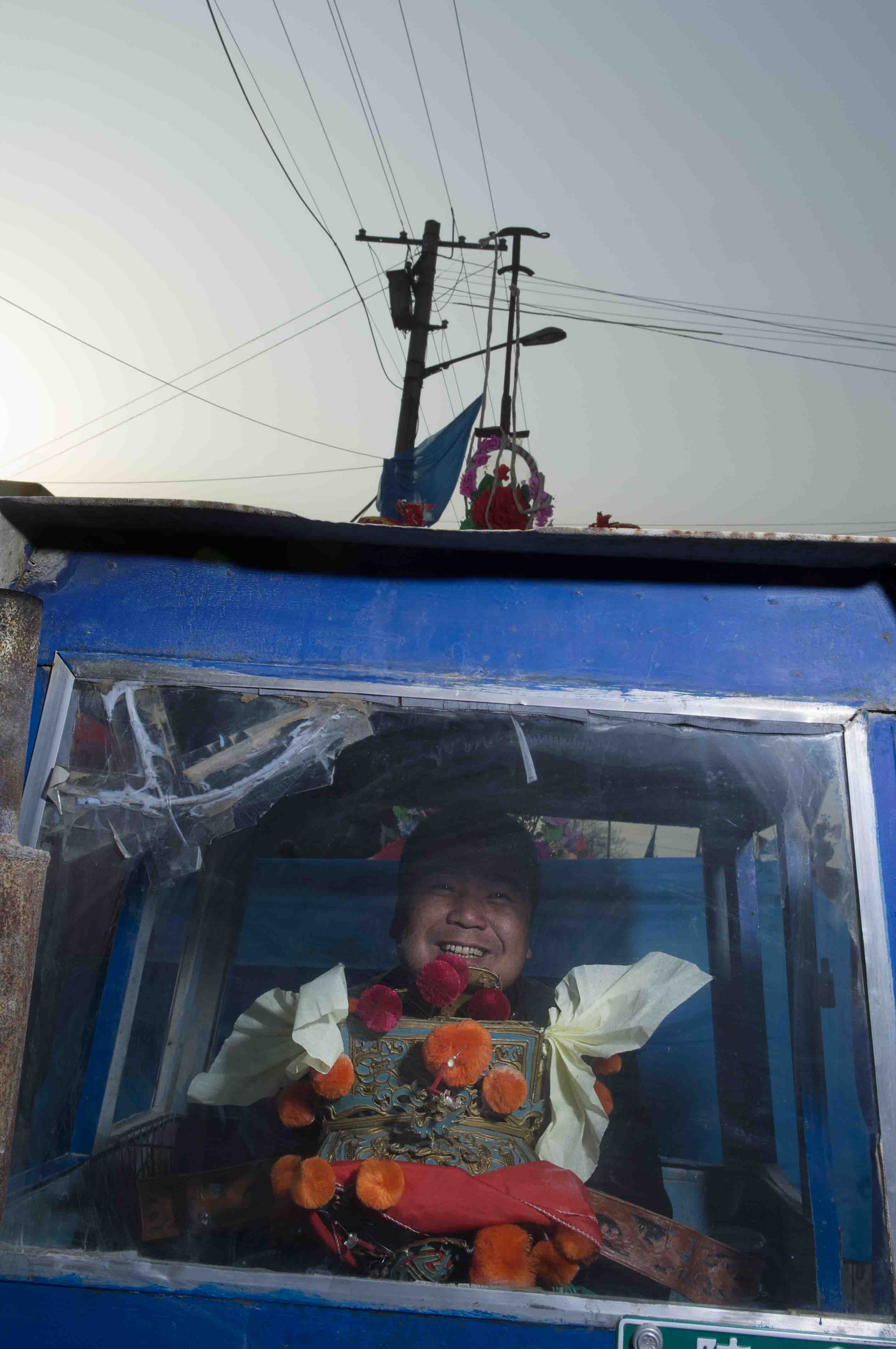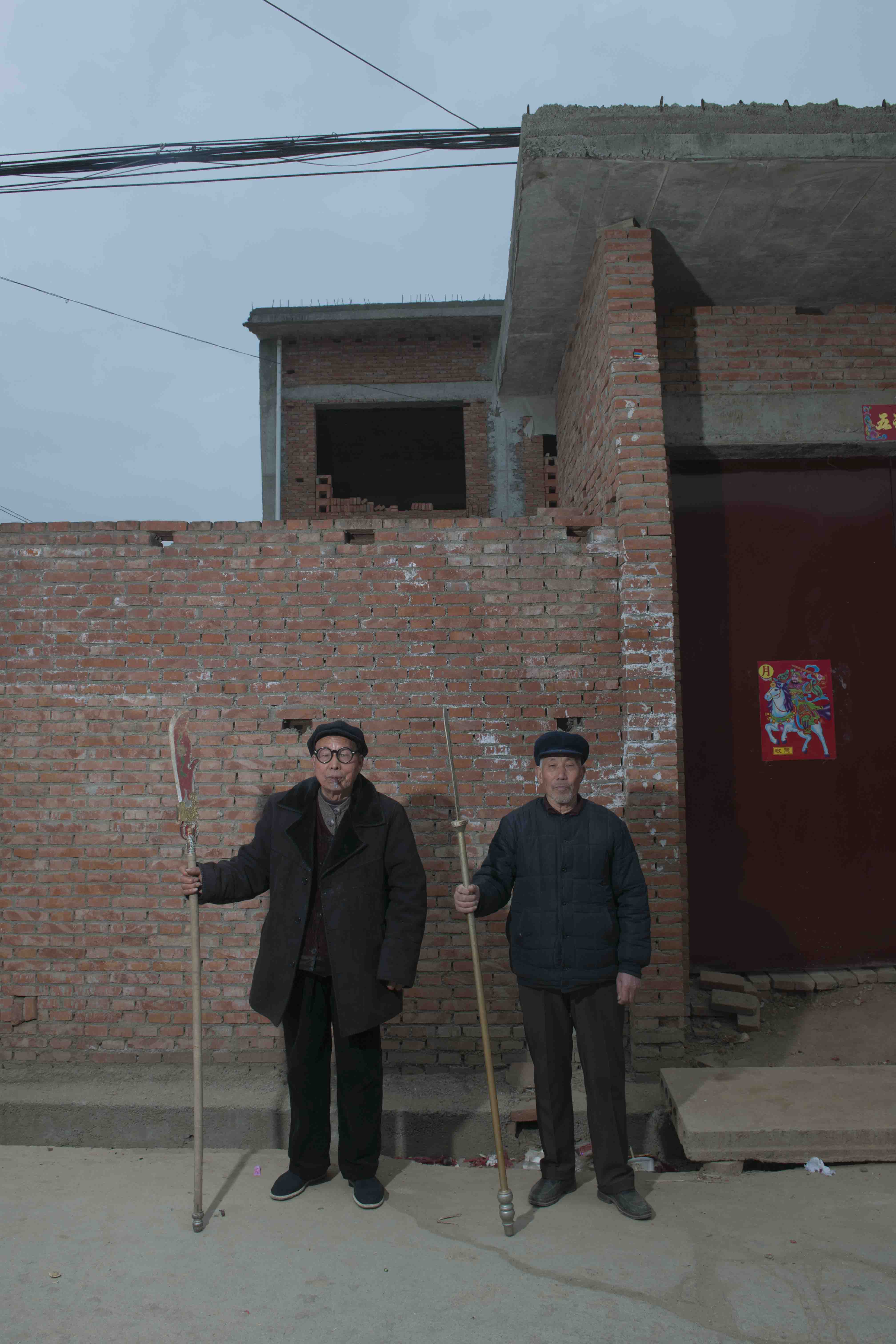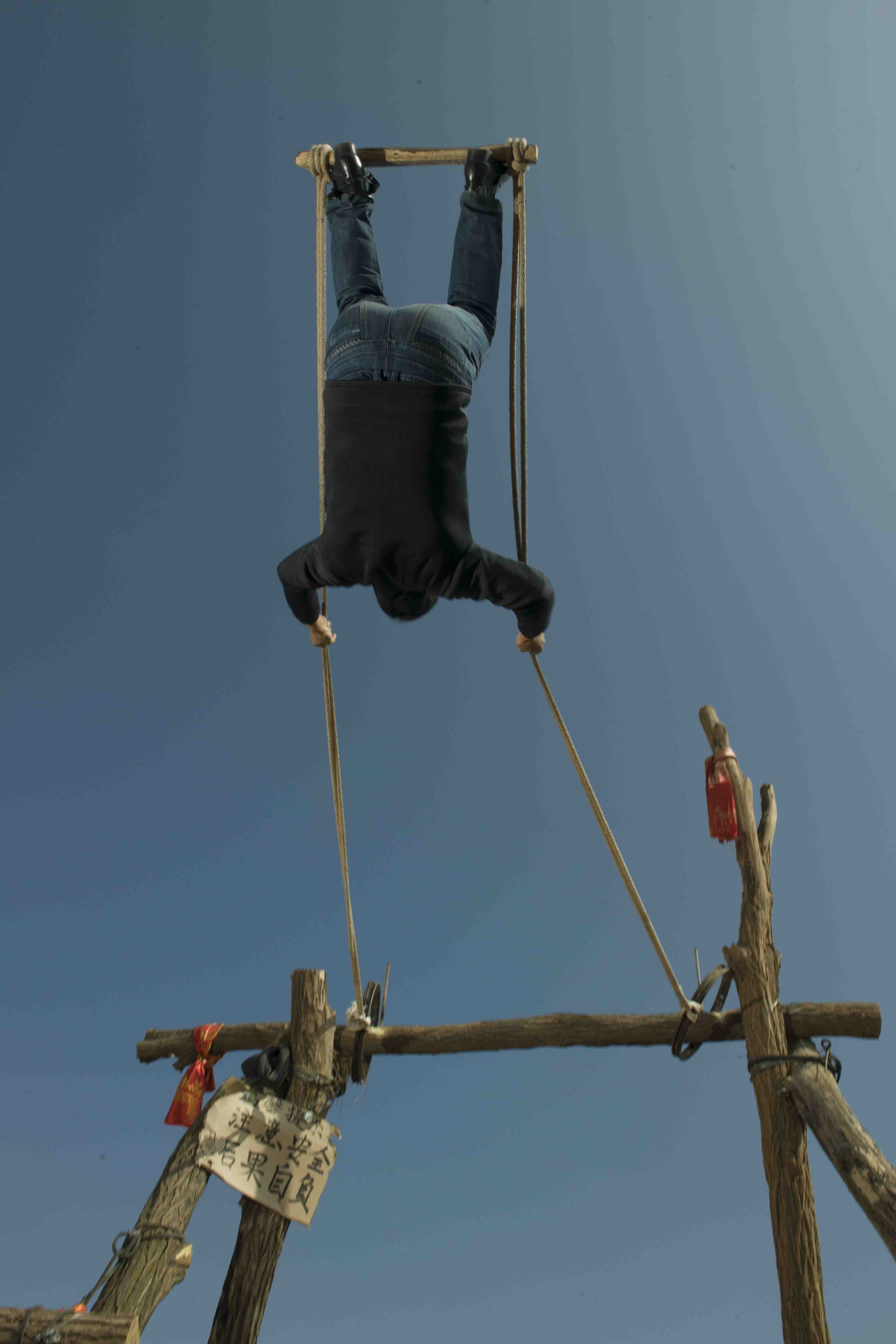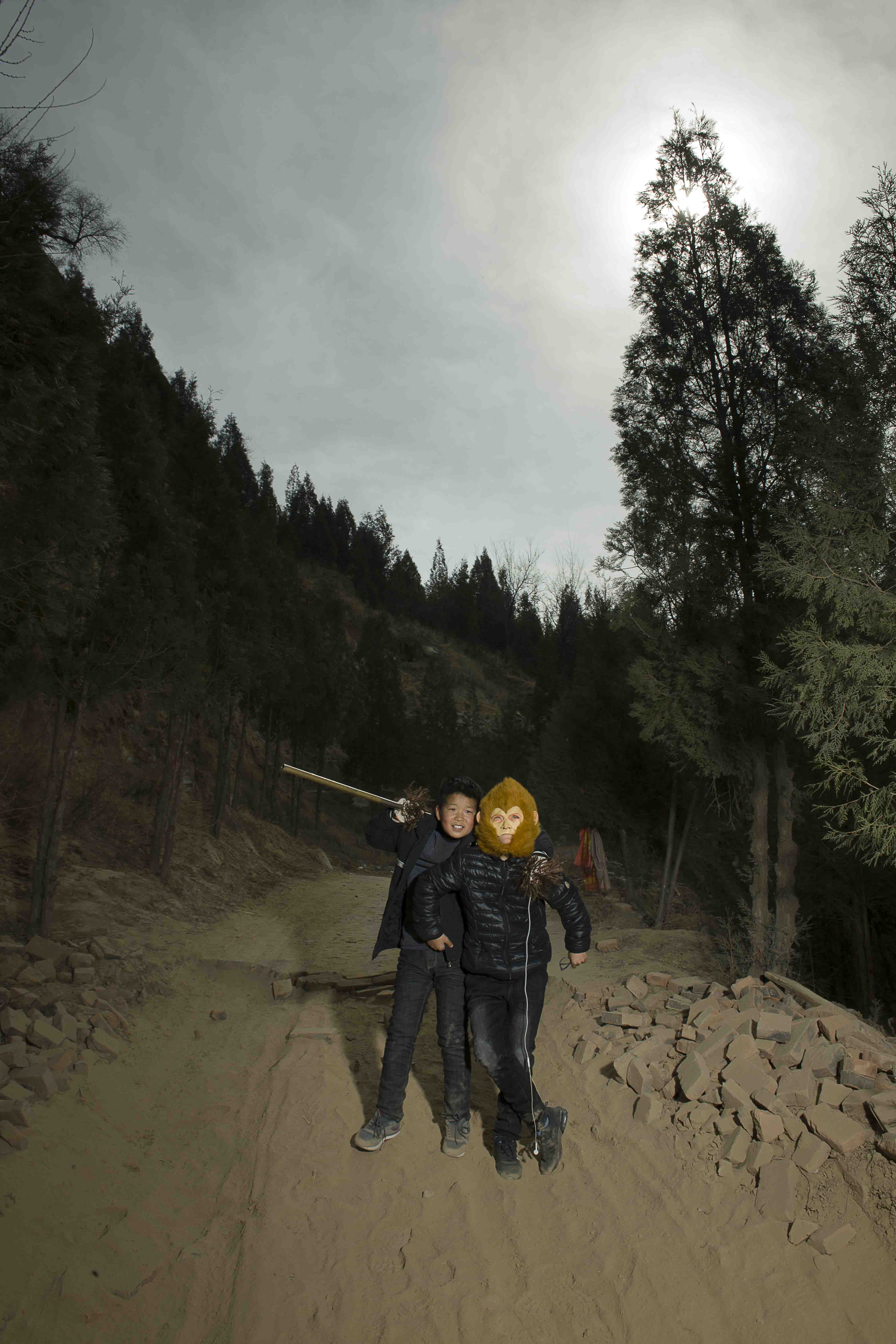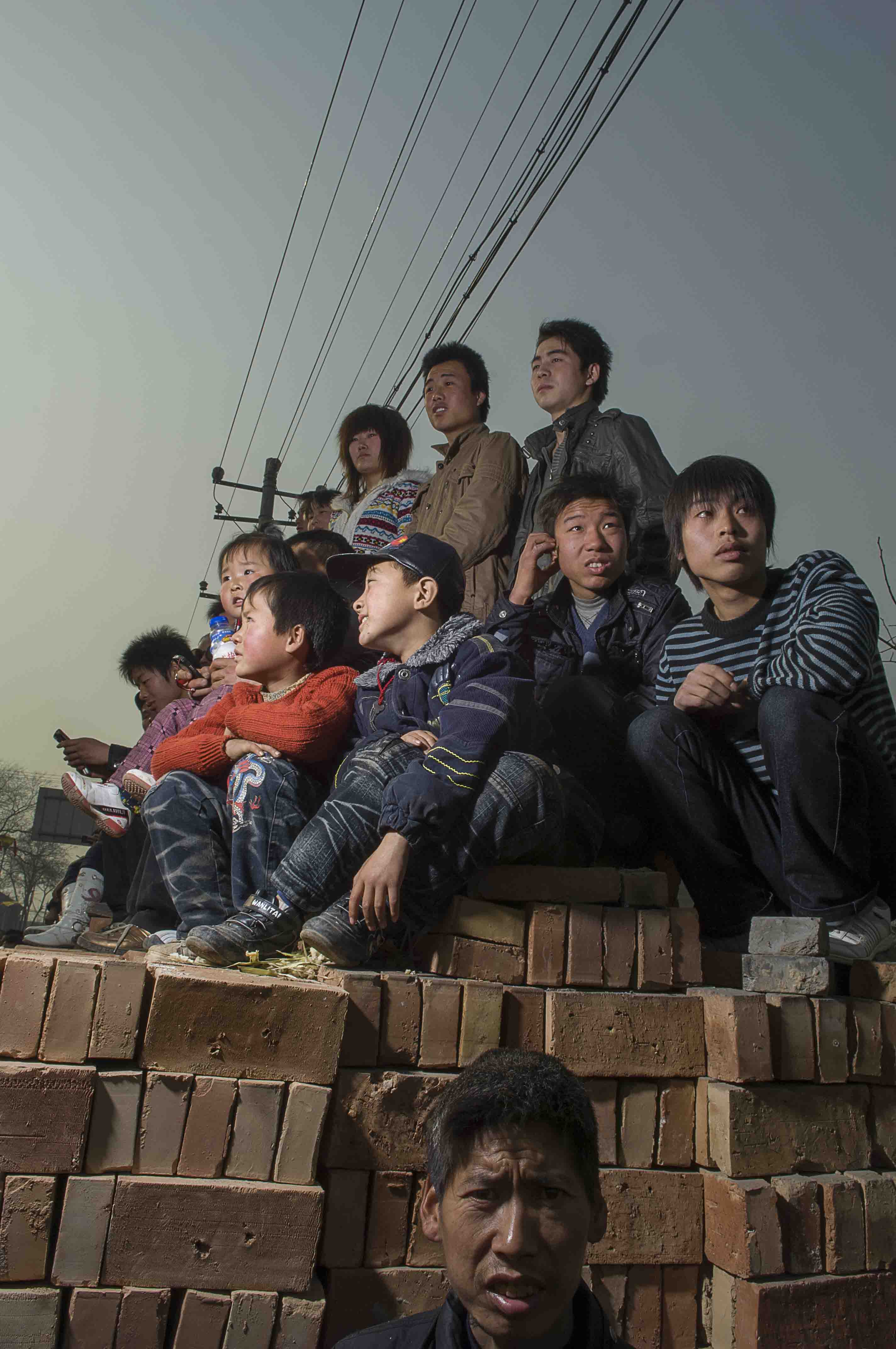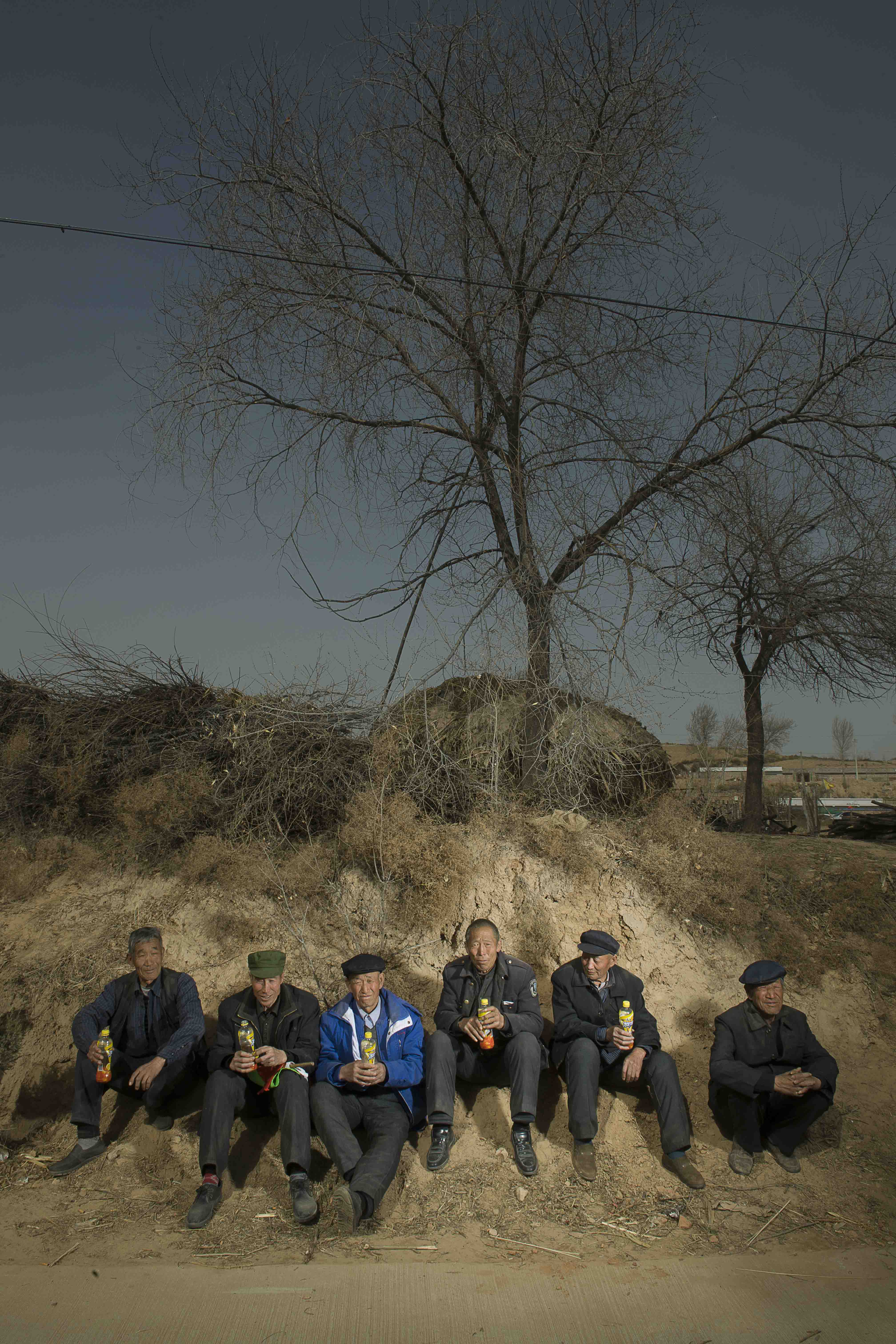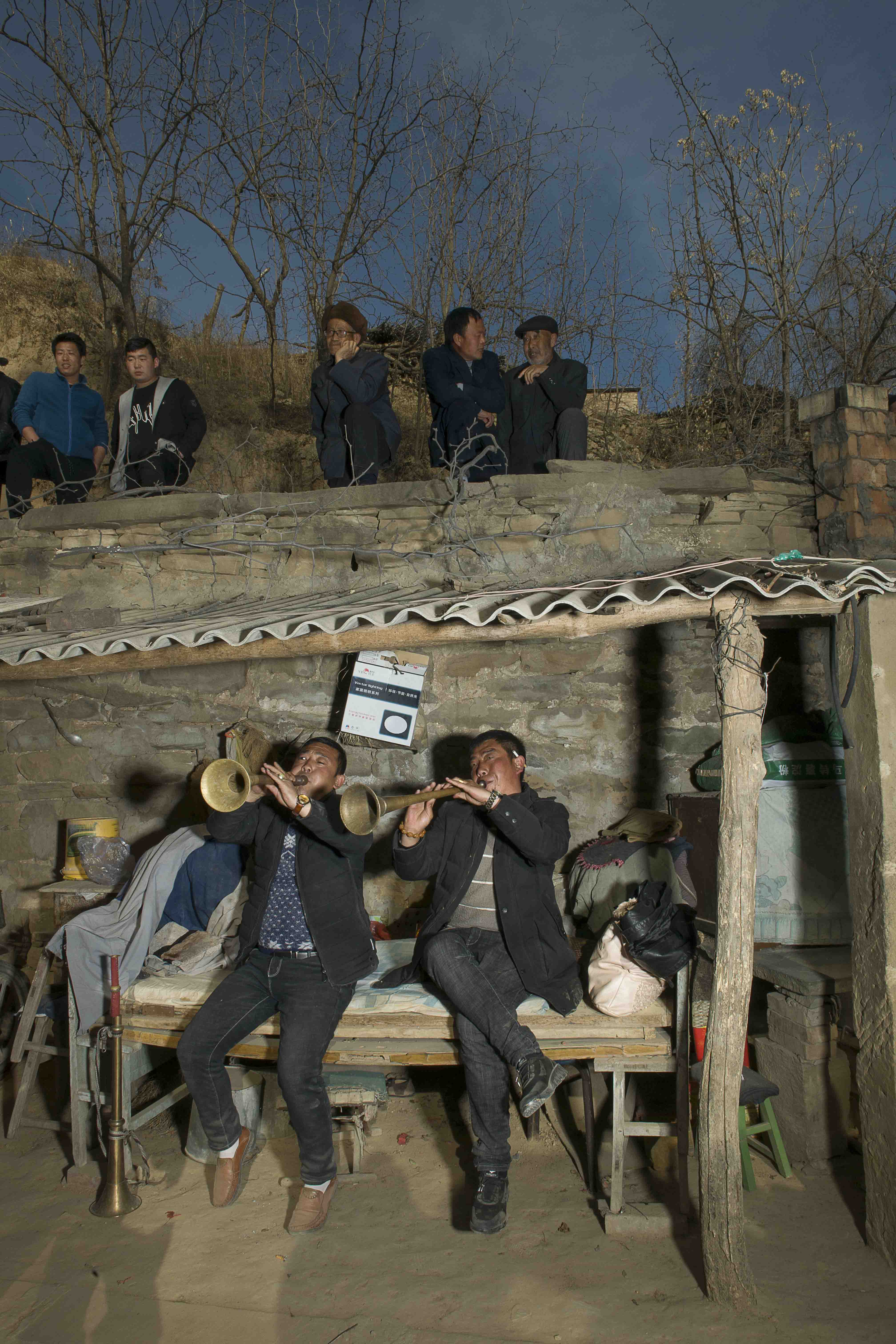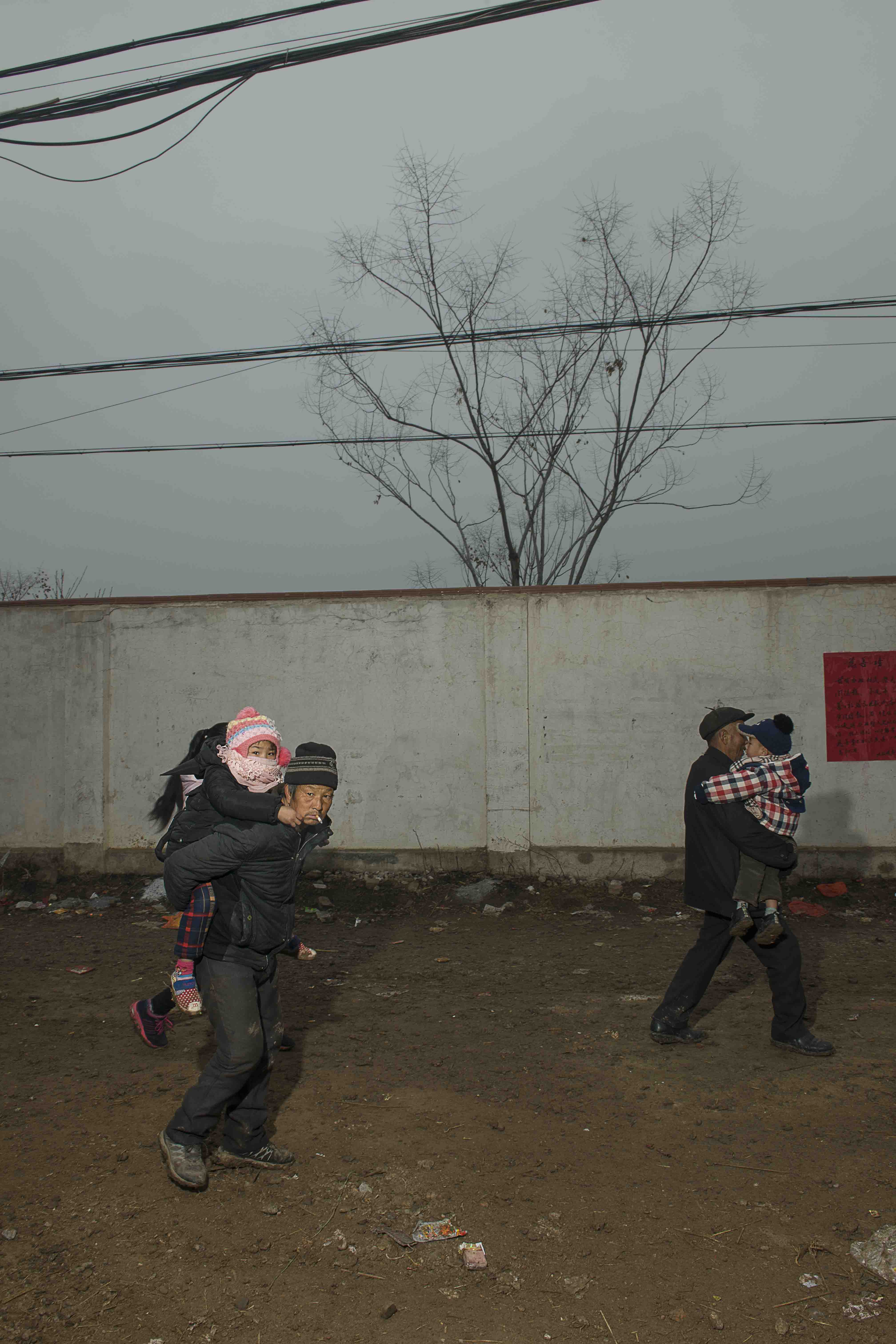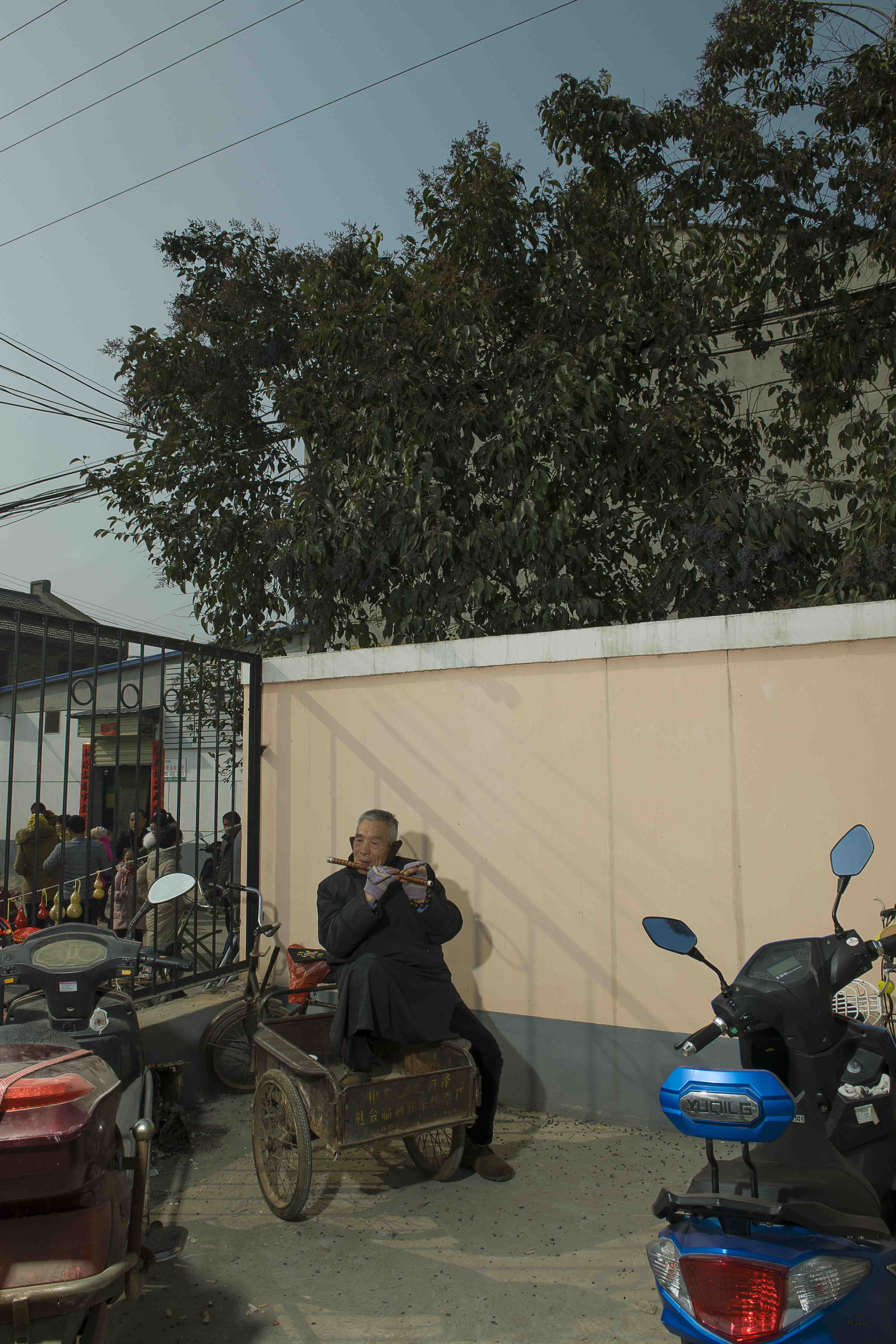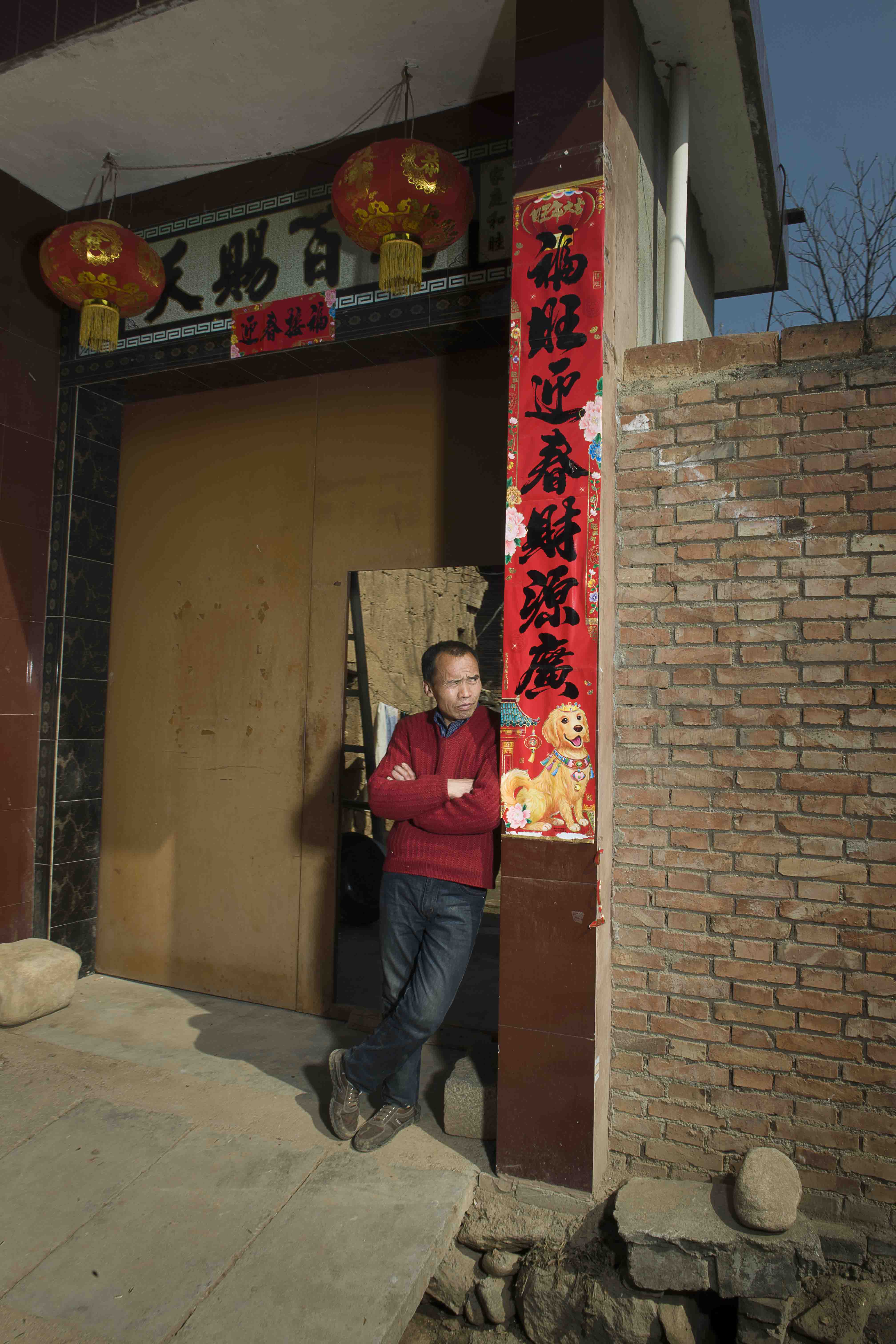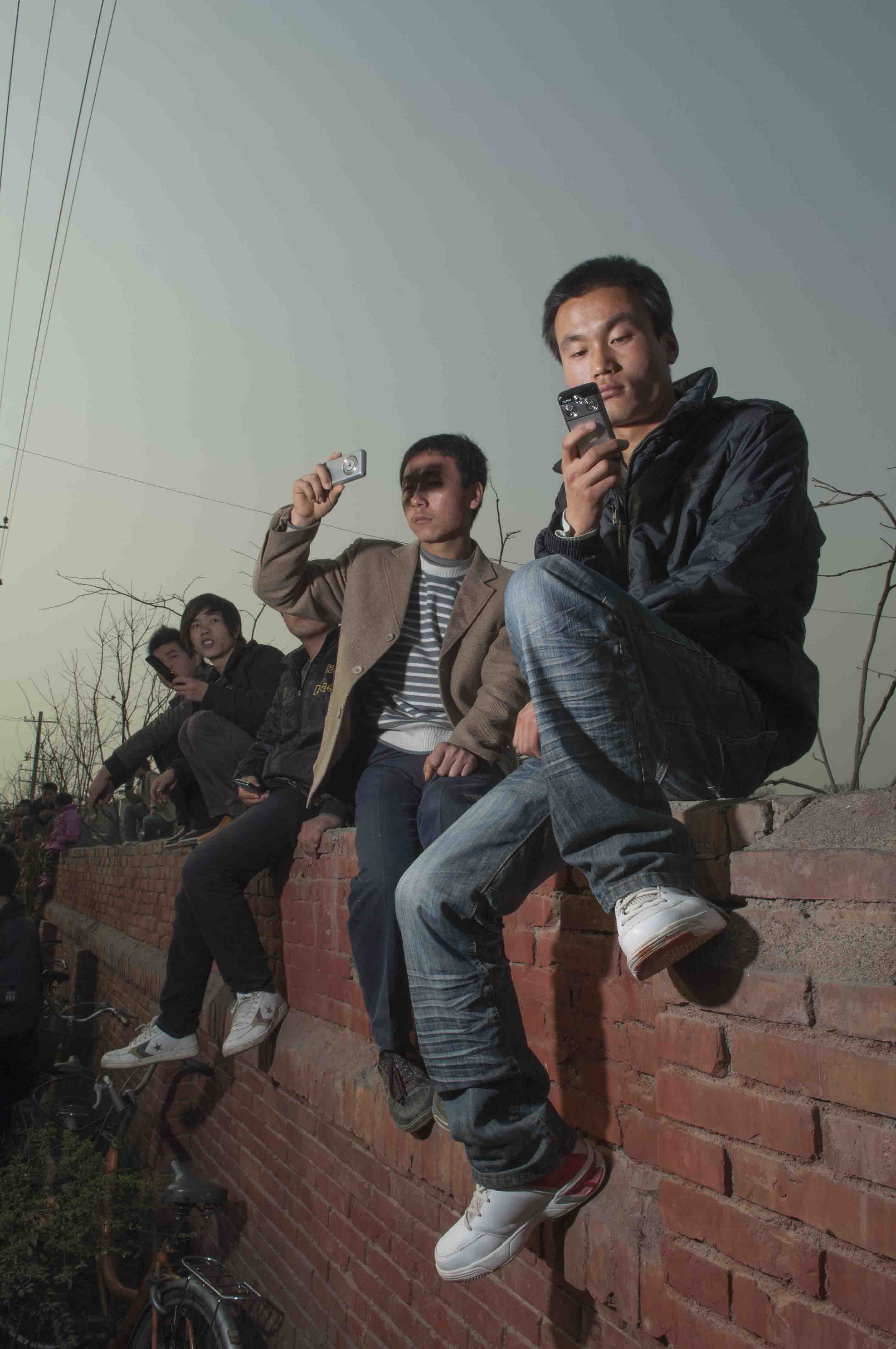1970年11月生于西安,教授、硕士生导师;西安理工大学艺术与设计学院副院长。中国摄影家协会会员;中国高等教育学会摄影教育专业委员会理事;中国电影家协会新媒体委员会理事;陕西高校摄影学会副主席;陕西高校摄影学会教育委员会常务副主任;陕西省人文地理摄影协会副会长;西安市青年摄影家协会副主席;西安市美术家协会理事;雅昌艺术梦想大使。
He was born in Xi’an in November, 1970. He is a professor and master student supervisor. And he is the vice dean of Art and Design Institute of Xi’an University of Technology. He is a member of China Photographers Association, director of Professional Committee of Photography Education of China Association of Higher Education, director of New Media Committee of China Filmmaker Association, vice president of Shanxi University and College Photography Association, standing vice director of Education Committee of Shanxi College and University Photography Society, vice president of Human Geography Photograph Association, vice president of Xi’an Youth Photographers Association, director of Xi’an Artists Association and dream ambassador of Yachang Art.
1970年11月生于西安,教授、硕士生导师;西安理工大学艺术与设计学院副院长。中国摄影家协会会员;中国高等教育学会摄影教育专业委员会理事;中国电影家协会新媒体委员会理事;陕西高校摄影学会副主席;陕西高校摄影学会教育委员会常务副主任;陕西省人文地理摄影协会副会长;西安市青年摄影家协会副主席;西安市美术家协会理事;雅昌艺术梦想大使。
He was born in Xi’an in November, 1970. He is a professor and master student supervisor. And he is the vice dean of Art and Design Institute of Xi’an University of Technology. He is a member of China Photographers Association, director of Professional Committee of Photography Education of China Association of Higher Education, director of New Media Committee of China Filmmaker Association, vice president of Shanxi University and College Photography Association, standing vice director of Education Committee of Shanxi College and University Photography Society, vice president of Human Geography Photograph Association, vice president of Xi’an Youth Photographers Association, director of Xi’an Artists Association and dream ambassador of Yachang Art.
2016年8月获得中国高等教育学会摄影教育专业委员会颁发的“中国摄影教育特殊贡献奖”;2016年4月获得索尼世界摄影二等奖;2015及2013年分别获得25届、24届全国摄影艺术优秀奖;2012年2月获得国家教育部颁发的指导教师一等奖2项;2009年10月获得由全国高校摄影联合会、中国高教学会摄影教育专委会颁发的“中国摄影教育优秀教学奖”;2011年1月获得陕西省文学艺术联合会、陕西省摄影家协会颁发的两年一届唯一的“陕西摄影奖--教育奖”;2009获得陕西省第十四届摄影艺术展一等奖,同年被中国电子视像行业协会聘为特邀专家。
In August 2016 he was awarded “China Photography Education Special Contribution Award” by Professional Photography Education Committee of China Association of Higher Education; in April 2016 he won the second prize of Sony World Photography; in 2015 and 2013 he was awarded the 25th and 24th excellent photographer of the national photography art; in February 2012 he was awarded 2 guiding teacher first prizes by the Ministry of Education; in October 2009 he was awarded “China Photography Education Excellent Teaching Award” by National College and University Photography Federation and Professional Photography Education Committee of China Association of Higher Education; in January, 2011 he was awarded the only biennial “Shanxi Photography Award—Education Award by Shanxi Federation of Literature And Art and Shanxi Photographers’ Association; in 2009 he won the first prize of the 14th Photography Art Exhibition of Shanxi Province, in the same year he was employed as invited specialist by China Video Industry Association.
30余篇学术论文及数幅艺术作品专版发表于《文艺研究》、《美术》、《中国摄影》、《美术文献》、《中国摄影报》、《人民摄影》等国内各专业期刊杂志报纸。
More than 30 academic theses and art works were published in professional periodicals, magazines and newspapers such as Literature and Art Studies, The Fine Arts, China Photography, Fine Arts Literature, China Photo Press, People’s Photography, etc.
专著及教材有:《保持纪录》、《创想青春•面向未来》、《近景•十年》、《大学摄影教程》、《数码单反摄影实用指南》、《存在-张辉影像作品集》、《石膏头像》。出版于:中国水利水电出版社、中国铁道出版社、陕西人民美术出版社等。
His treatises include: Record Keeping, Imagination of Youth and Future Oriented, Close Shot• Ten Years, College Photography Course, A Practical Guide on Digital and Single Lens Reflex Camera Photography, Existence-Zhang Hui Photographic Work Collection and Gesso Head Portrait. They were published by: China Water Power Press, China Railway Press, Shanxi People Fine Arts Press, etc.
多次在连州国际摄影年展、平遥国际摄影大展、大理国际影会中举办个展,参加国内外艺术展览30余次;前往美国、日本、韩国以及平遥、大理、西安等地策划组织大型艺术展览《再出发》、《近景•十年》、《挚守传统的涅磐》、《近景》、《存在与现实》、《首届陕西省大学生摄影大展》、《中国记忆》、《映像苍凉》、《保持纪录-2017西安国际摄影邀请展》、《首届digiartist国际数字艺术展》等。
He held personal exhibitions in yearly Lianzhou International Photography Exhibition, Pingyao International Photography Exhibition and Dali International Photography Exhibition for many times. He participated in domestic and foreign art exhibitions for over 30 times. He went to U.S., Japan, South Korea and Pingyao, Dali, Xi’an, etc. to plan and organize large scale art exhibitions such as Re-start, Close Shot• Ten Years, The Nirvana That Sticks to Tradition, Close Shot, Existence and Reality, The First Shanxi College Students Photography Exhibition, China Memory, Image• Desolate, Keep the Record-Xi’an International Photography Invitation Exhibition in 2017, The First Digi Artist International Digit Art Exhibition, etc.
2016年主持陕西省社科艺术学重点项目《多维度影像及新媒介在文化遗产保护中的应用研究-以唐十八陵为例》;2016年完成国家文化部科技创新项目《陕西唐十八陵雕塑数字化研究》;2013年完成陕西省社科艺术学重点项目《中国当代传统摄影印相工艺的传承与发展研究》。
In 2016 he hosted the key project of Shanxi Province social science art study The Research of the Application of Multi-Dimension Image and New Medium in Cultural Heritage-Use Tangshiba Mausoleum as An Example. In 2016 he finished the science and technology innovation project of PRC Ministry of Culture -Digitalized Research of Shanxi Tangshiba Mausoleum Sculptures. In 2013 he finished the key project of Shanxi social science art study The Inheritance and Development Research of China’s Contemporary Traditional Photography Print Technology.
作品被广东美术馆、西安美术学院、美术文献艺术中心、丽水影像博物馆、崔振宽美术馆、陕西汉唐石刻博物馆及个人收藏。
His works are collected by Guangdong Museum of Art, Xi’an Academy of Fine Arts, Fine Arts Literature Art Center, Lishui Image Museum, Cuizhenkuan Museum of Art, Shanxi Hang Dynasty and Tang Dynasty Stone Carving Museum and individuals.



